Tables serve as both functional necessities and focal points in interior design, offering endless possibilities to personalize living spaces. From sleek modern silhouettes to rustic farmhouse charm, innovative table designs can elevate rooms across the home—from kitchens and dining rooms to entryways and patios. This article presents 20 table design ideas, each offering unique aesthetics and practical solutions, backed by expert insights and real-world examples. Whether you’re seeking space-saving options, statement-making centerpieces, or versatile multi-functional pieces, these concepts will inspire you to choose or create the perfect table to suit your style and needs.
1. Rustic Farmhouse Tables
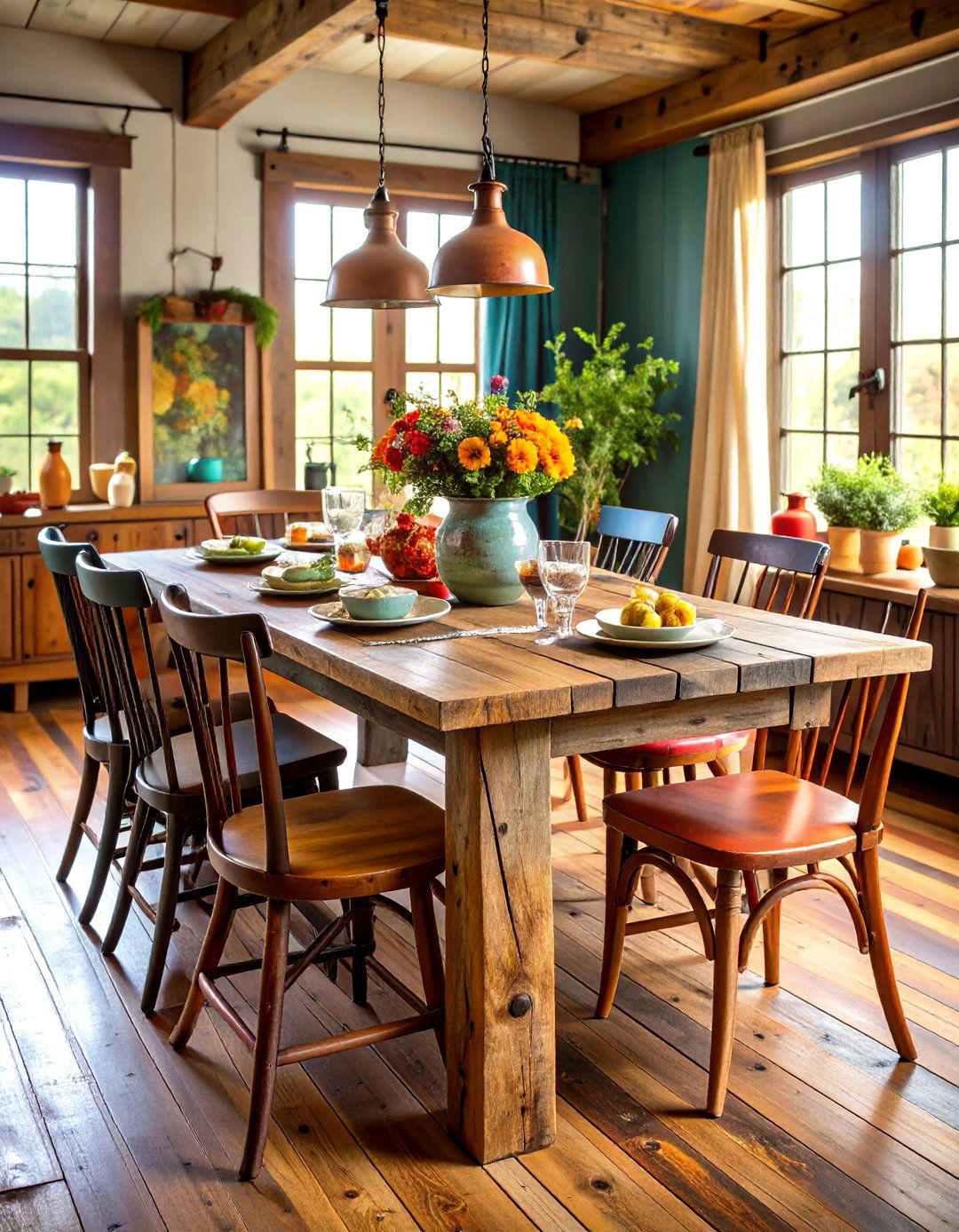
Rustic farmhouse tables blend timeworn textures with sturdy craftsmanship, often crafted from reclaimed wood to highlight natural grain patterns and imperfection-driven character. These tables typically feature chunky legs, plank-style tops, and distressed finishes that evoke warmth and nostalgia. Ideal for casual dining rooms or country-style kitchens, they pair beautifully with mismatched chairs or industrial metal stools for an eclectic twist. To maintain their charm, use minimal stain and protect surfaces with clear sealant. The farmhouse aesthetic remains popular for its ability to create a cozy, lived-in atmosphere that complements both traditional and modern rustic interiors.
2. Modern Minimalist Tables
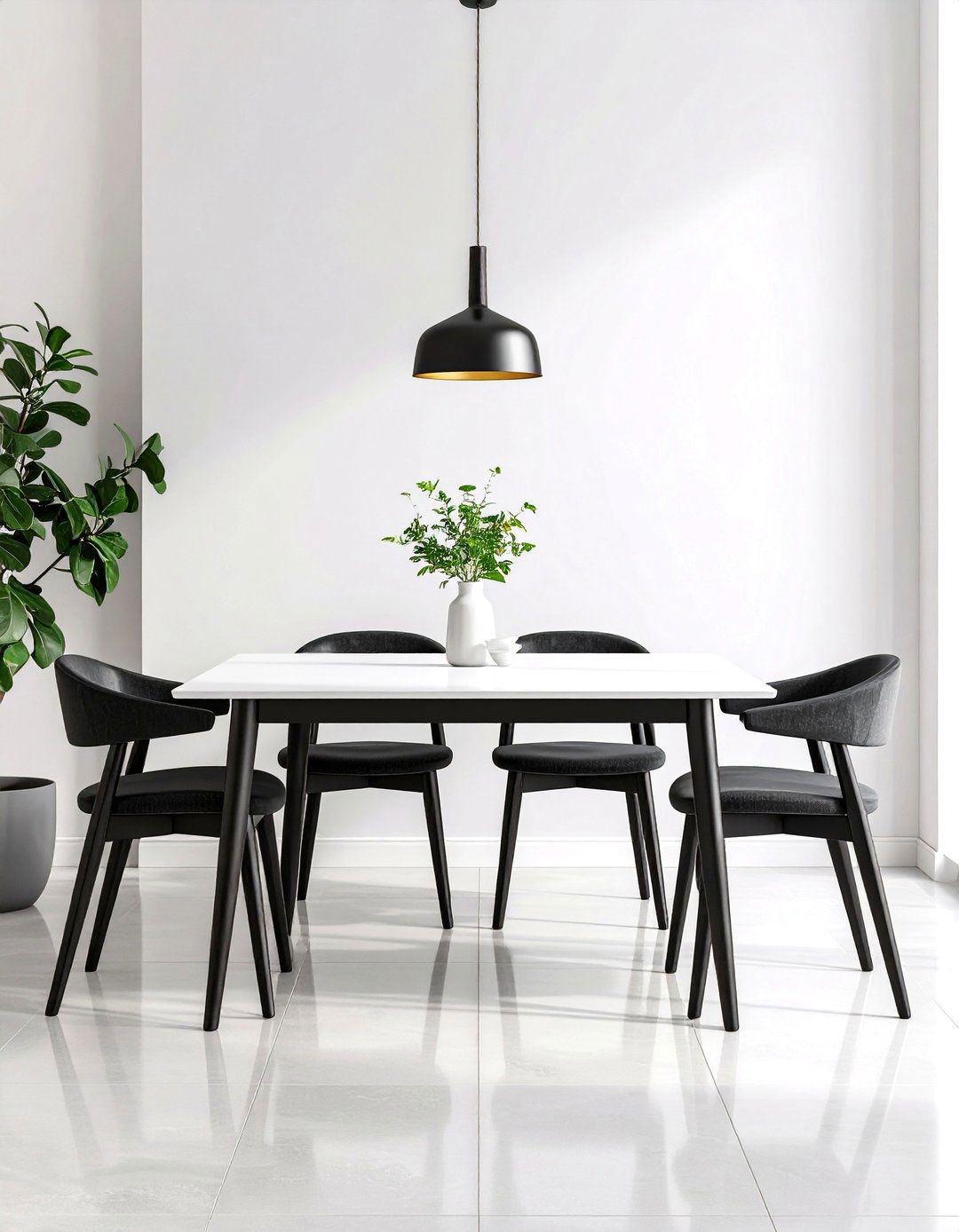
Modern minimalist tables emphasize clean lines, simple forms, and high-quality materials such as metal, glass, or solid wood. By paring down superfluous ornamentation, these designs focus on functionality and visual serenity. Common features include thin tabletops, slender legs, and neutral color palettes—white, black, or natural wood tones. In open-plan living spaces, a minimalist table can anchor the room without overwhelming it, allowing surrounding décor and furnishings to shine. Pair with armless chairs or transparent seating options to enhance the airy feel. This approach suits contemporary homes where “less is more” defines the aesthetic.
3. Round Dining Tables
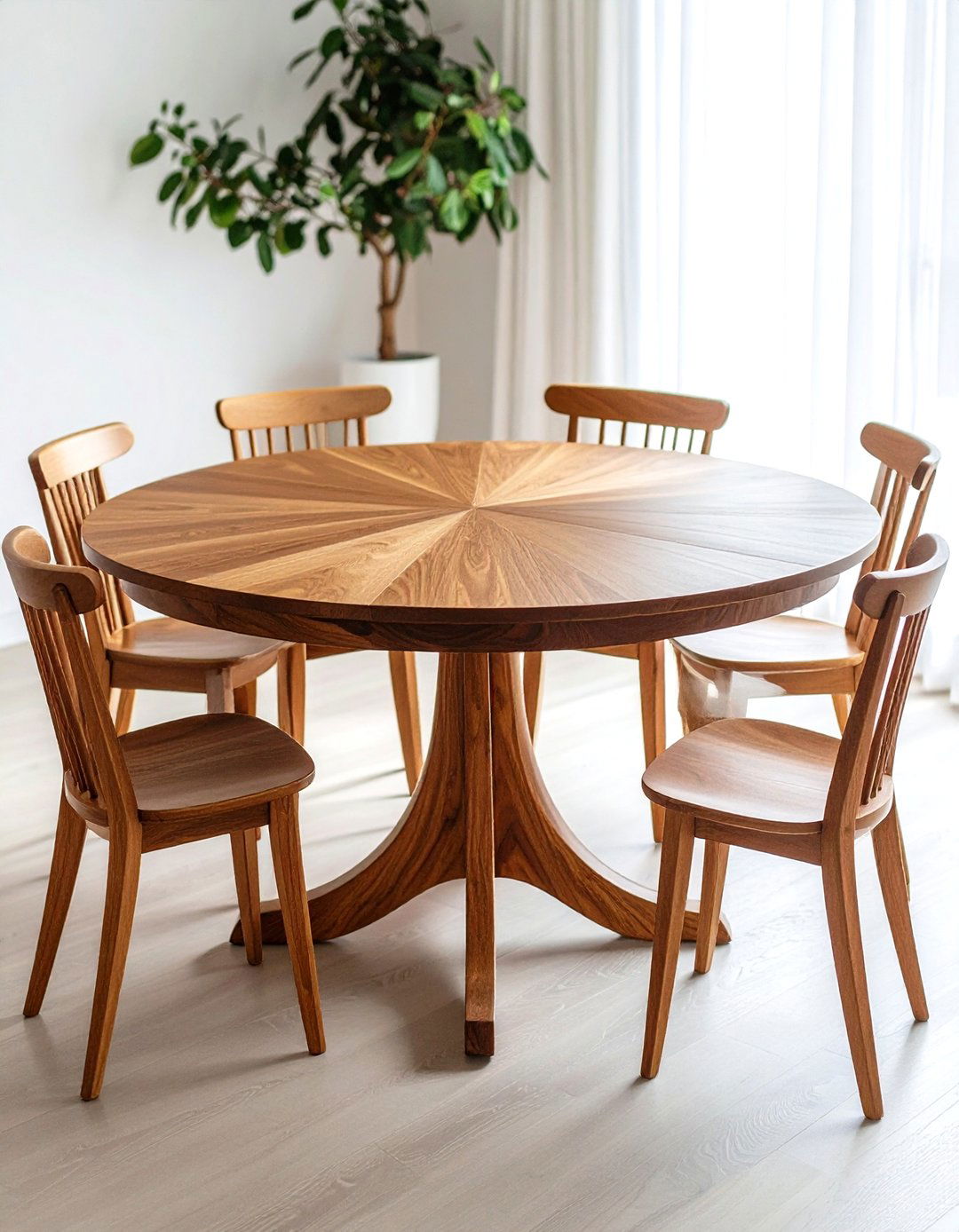
Round dining tables foster intimacy and easy conversation by eliminating sharp corners and ensuring equal spacing among diners. They work exceptionally well in small or square dining areas, as their circular footprint maximizes flow and accessibility. Materials range from solid wood and glass to marble and metal; pedestal bases are common to provide legroom. Designers note that round tables can soften angular interiors and create a more relaxed atmosphere for meals and gatherings. To choose the right size, ensure at least 36 inches of clearance from walls or adjacent furniture.
4. Extendable and Drop-Leaf Tables
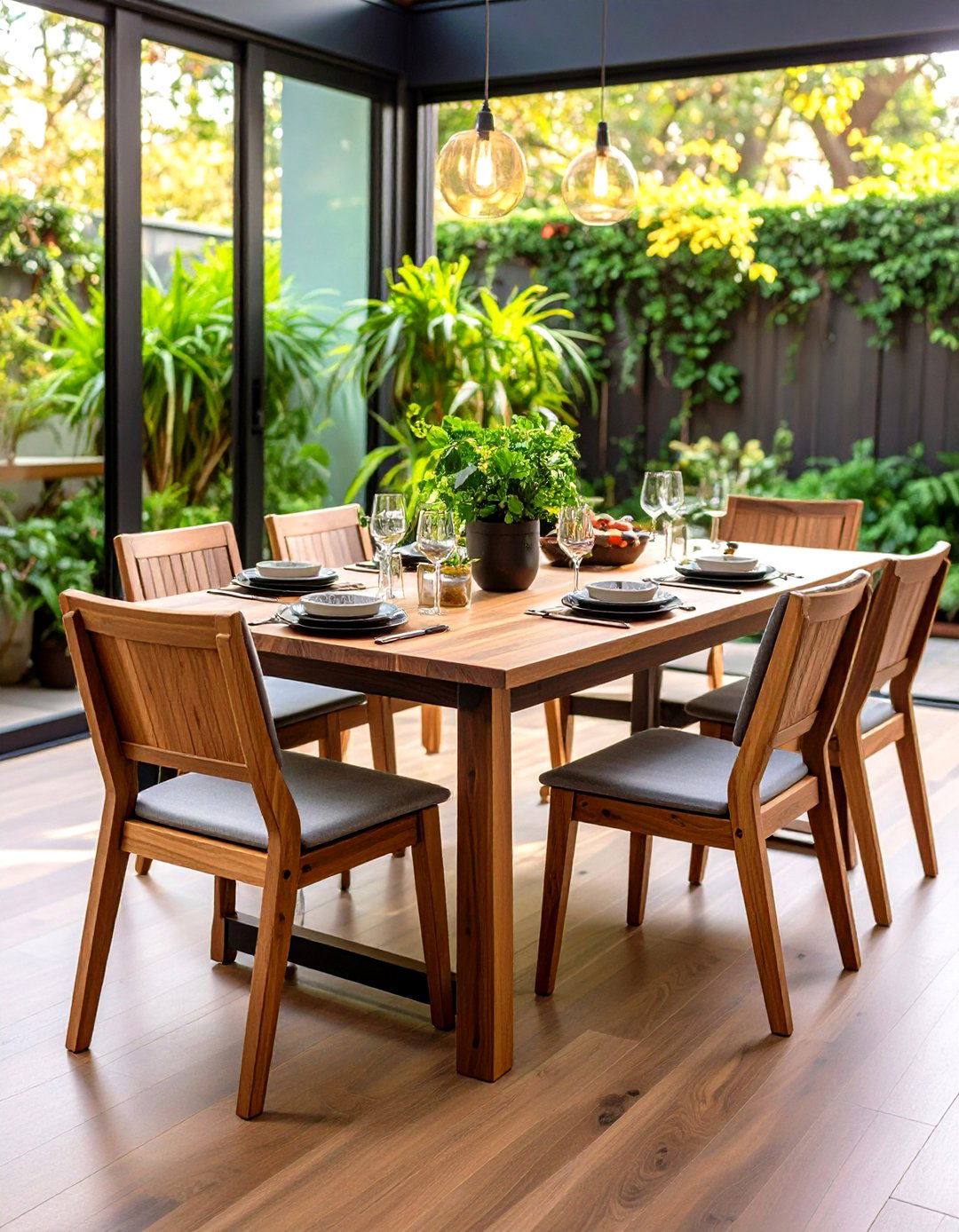
Extendable tables and drop-leaf designs offer the flexibility to adjust surface area based on needs—ideal for multi-use spaces or households with varying guest counts. Extendable models incorporate hidden leaves within the tabletop that slide or fold out, while drop-leaf tables feature hinged sides that can be raised or lowered. In compact apartments, a drop-leaf kitchen table can serve as a coffee table or desk when folded down, then transform into a dining surface for two when needed. These designs balance functionality and style, available in diverse finishes to complement any decor.
5. Entryway Console Tables
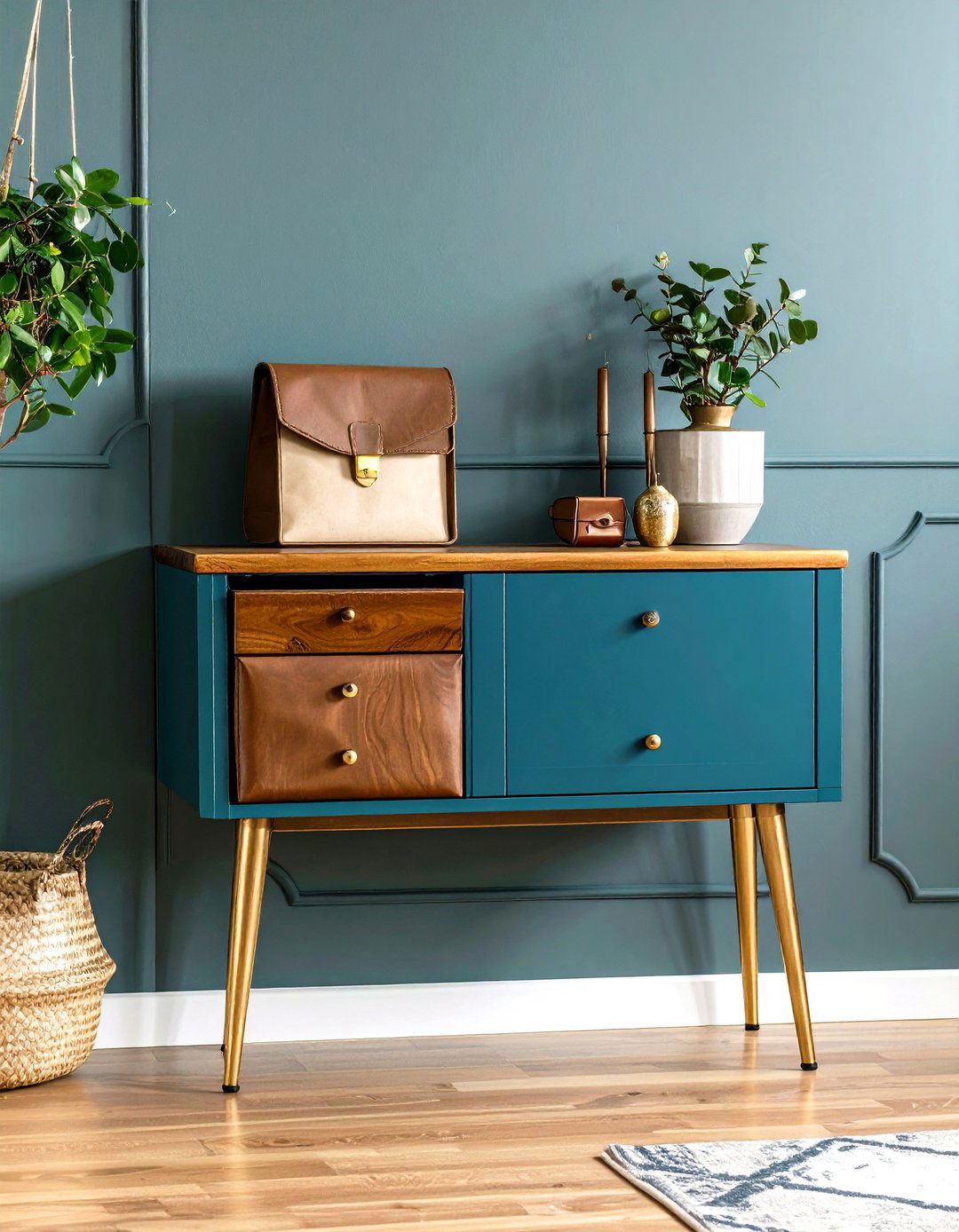
Entryway console tables make the first impression on visitors, combining practicality with personality. Slim profiles fit narrow hallways, offering a surface for keys, mail, or decorative accents like vases and artwork. Choose models with drawers or open shelving to maintain organization, and mix materials—such as a wooden top with metal legs—for an updated look. Styling with a mirror above and an accent lamp below can enhance light and depth in small entryways, ensuring the console table becomes a welcoming focal point.
6. Stylish Coffee Tables
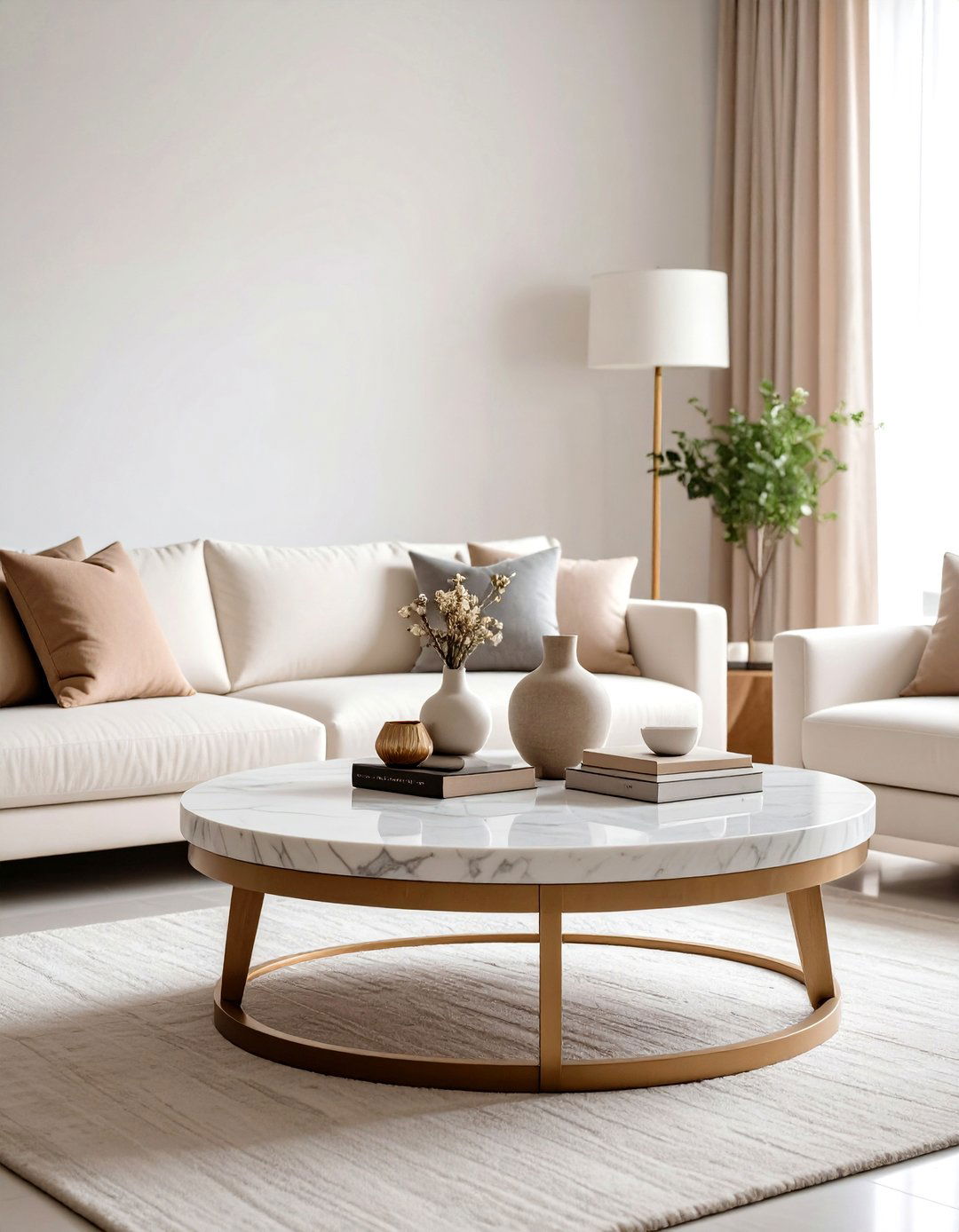
Coffee tables anchor living rooms, providing a casual surface for drinks, books, and decor. Designer strategies include layering a tray to corral smaller items, stacking coffee table books for height variation, and incorporating sculptural vases or candle groupings. Materials range from marble and glass to reclaimed wood and woven wicker. For multifunctional use, consider ottoman-style coffee tables with removable trays or those with hidden storage compartments to keep clutter at bay without sacrificing style.
7. Painted Kitchen Tables
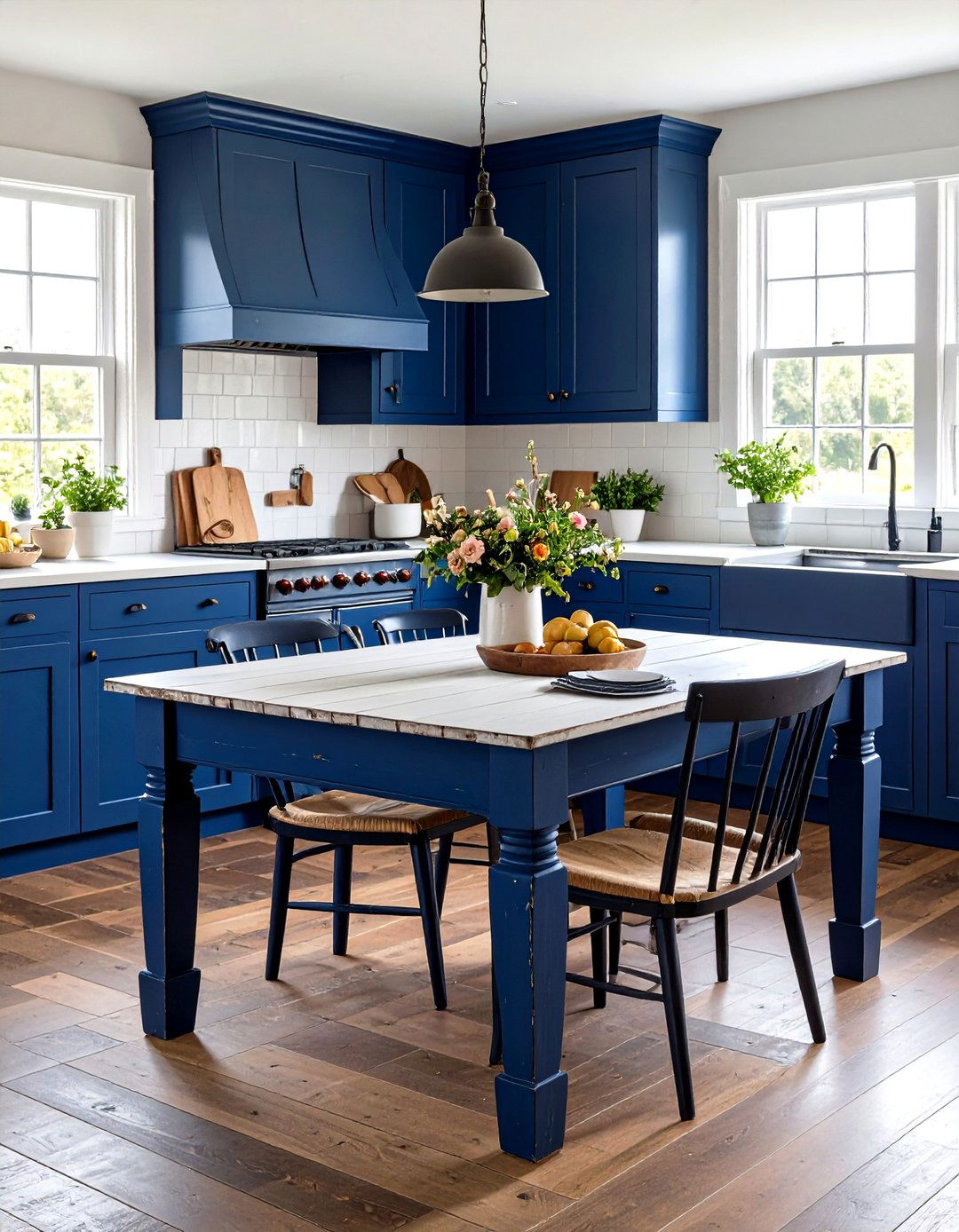
Adding color to a kitchen table through painted finishes injects personality into utilitarian spaces. Popular hues include deep navy, sage green, or muted pastels that complement cabinetry and wall tones. Chalk paint is favored for its matte, vintage appeal and ease of distressing to reveal natural wood beneath. Seal painted surfaces with clear wax or polyurethane to withstand daily wear. A painted table can serve as a focal point in kitchens, breaking up neutral palettes and showcasing creative flair.
8. Tulip and Pedestal Tables
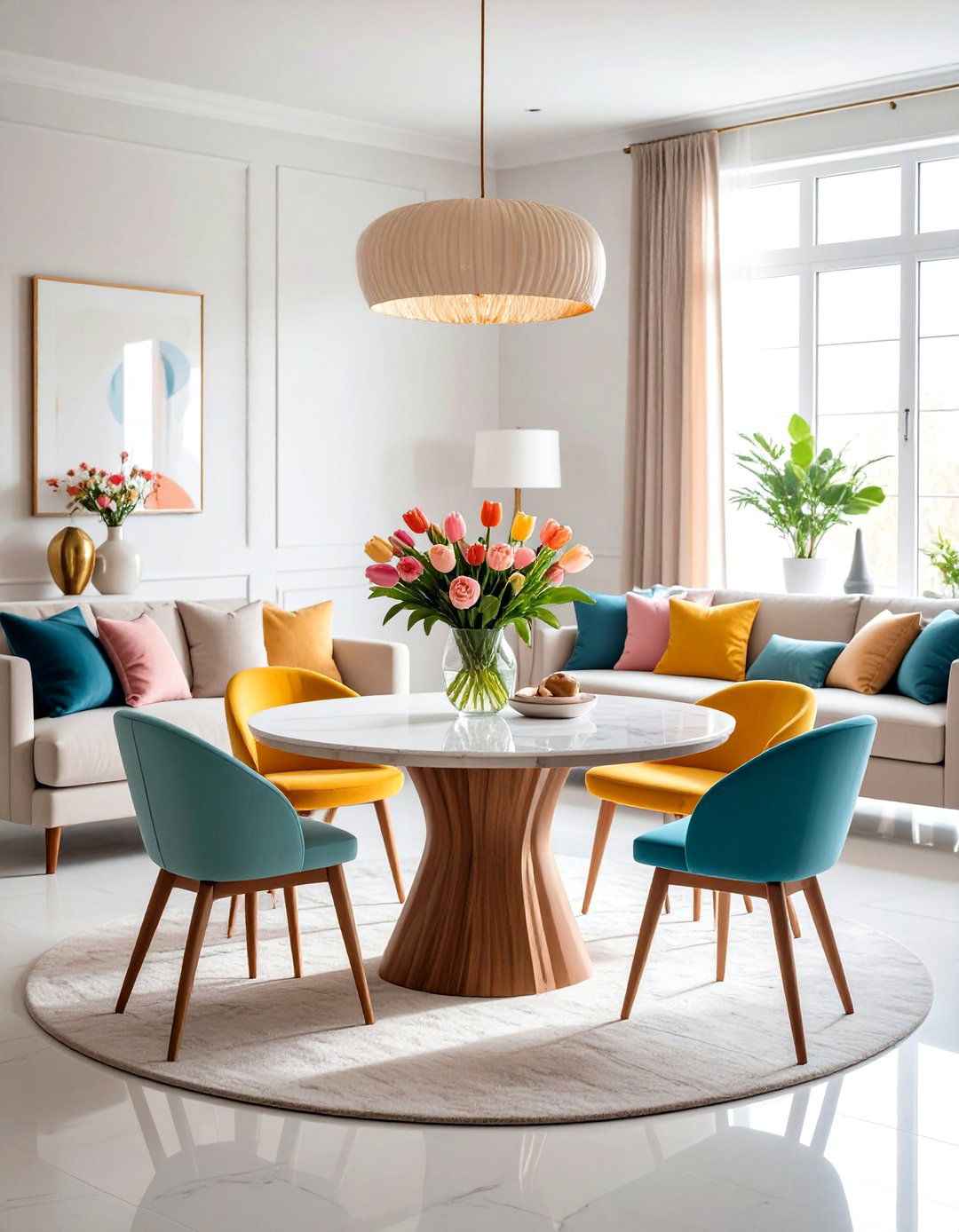
Tulip tables, inspired by mid-century modern design, feature sleek, single-column pedestals that support a round or oval top—maximizing legroom while creating an iconic silhouette. Typically crafted from molded fiberglass or marble tops set on cast aluminum bases, these tables offer a minimalist yet sculptural look. Their streamlined form suits contemporary and retro-inspired interiors alike. To style, surround with contrasting chairs—such as upholstered seats—to add warmth and texture.
9. Industrial Metal and Wood Tables
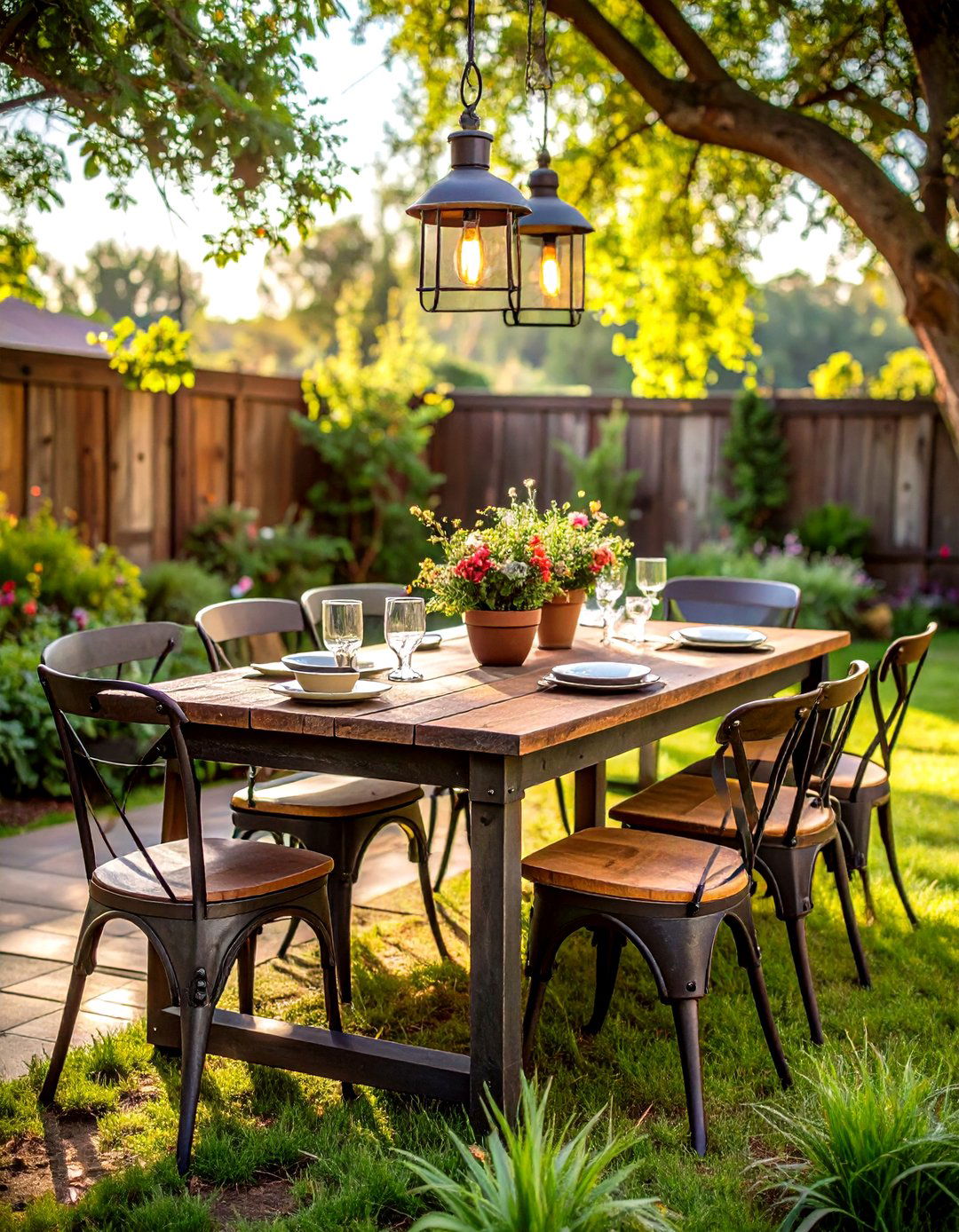
Industrial-style tables blend raw materials—think metal frames with wooden tops—to produce durable, utilitarian pieces. Exposed welds, distressed metal finishes, and reclaimed wood surfaces evoke warehouse or factory aesthetics. Ideal for loft apartments or modern rustic kitchens, these tables withstand heavy use and easily pair with vintage or metal stools. For a refined take, opt for sleek steel legs and smooth wood grain tops, balancing ruggedness with sophistication.
10. Glass Top Tables

Glass top tables exude elegance and create the illusion of more space, perfect for small rooms or minimalist interiors. Clear or tinted tempered glass tops sit atop metal, wood, or acrylic bases, offering a striking contrast between transparency and solidity. They require regular cleaning to maintain clarity but reward with reflective surfaces that bounce light. Pair glass tops with sculptural bases—such as geometric metal structures—to make the table itself a conversation piece.
11. Space-Saving Corner Tables
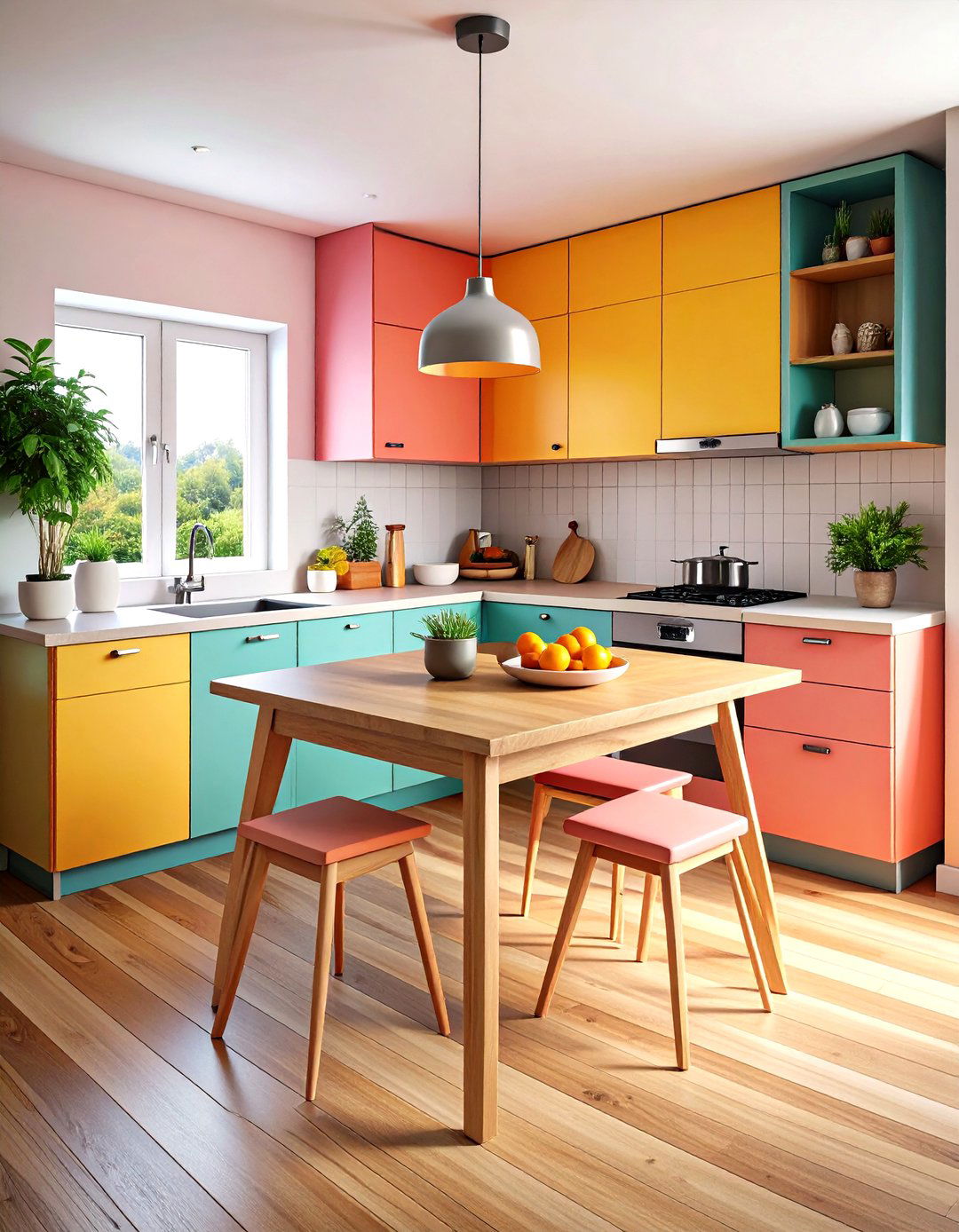
Corner tables maximize underutilized nooks, fitting seamlessly into tight spaces like small kitchens or living rooms. Triangular or L-shaped designs provide adequate surface area without encroaching on walkways. Floating wall-mounted corner tables free up floor space and can double as writing desks or plant stands. To enhance utility, look for models with built-in shelves or hooks—ideal for keys, small electronics, or decorative baskets.
12. Decorative Entryway Tables
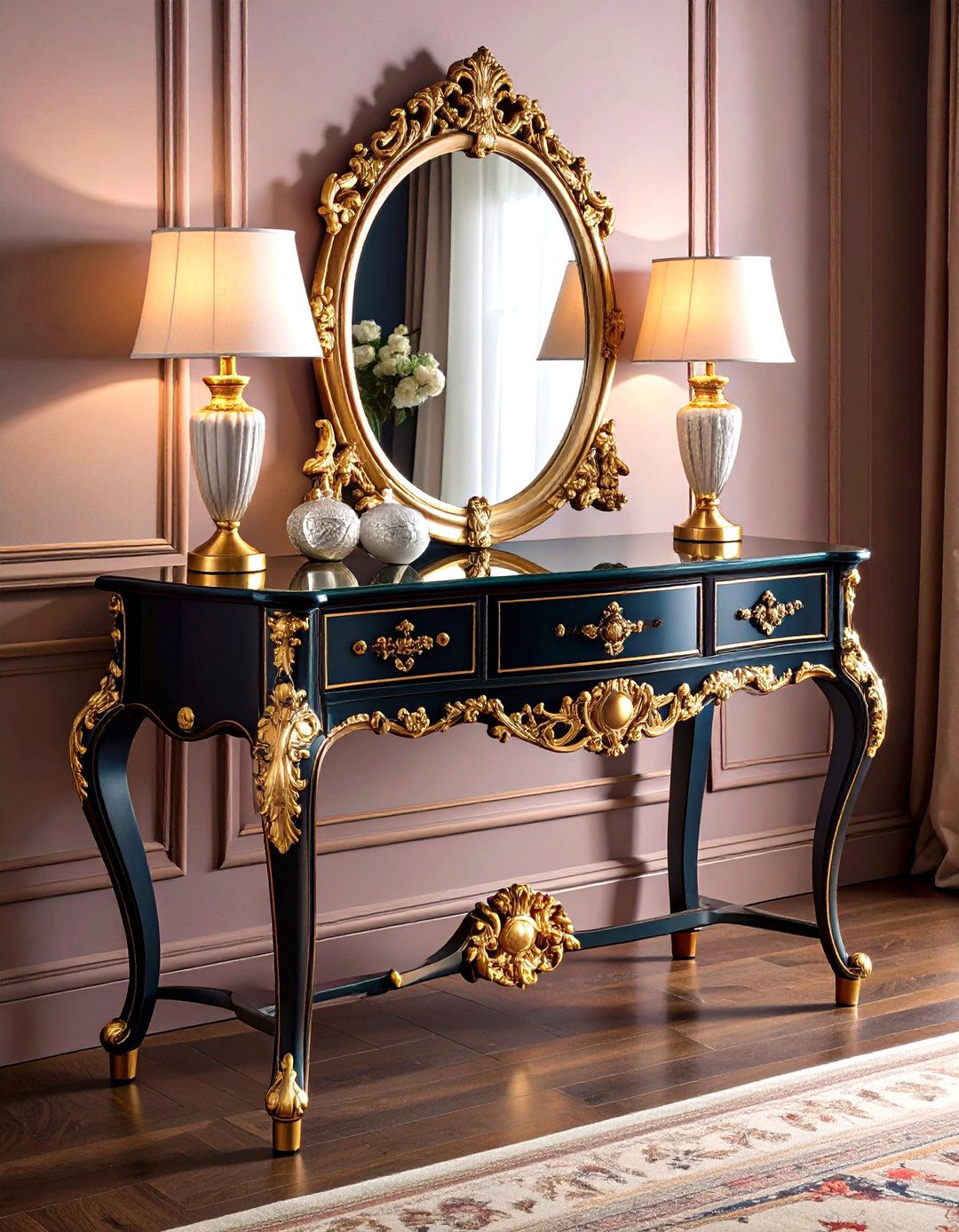
Beyond console basics, decorative entryway tables can showcase heirlooms or art objects. House Beautiful highlights tables featuring ornate carvings, mirrored surfaces, or statement-making shapes that reflect personal style while keeping clutter contained. Accent lighting—like wall sconces or table lamps—further elevates the display. Choosing a bold finish or contrasting color can turn a practical piece into a dynamic architectural element.
13. Outdoor Patio Tables

Outdoor tables crafted from weather-resistant materials—such as teak, powder-coated aluminum, or synthetic wicker—ensure longevity in gardens and patios. Foldable or stackable designs offer storage flexibility, while extendable options cater to alfresco dining needs. Tabletops with removable mosaic or tile inserts add Mediterranean flair and withstand moisture. Pair with matching benches or cushioned chairs to create inviting outdoor living areas that endure sun and rain.
14. Scandinavian-Inspired Tables
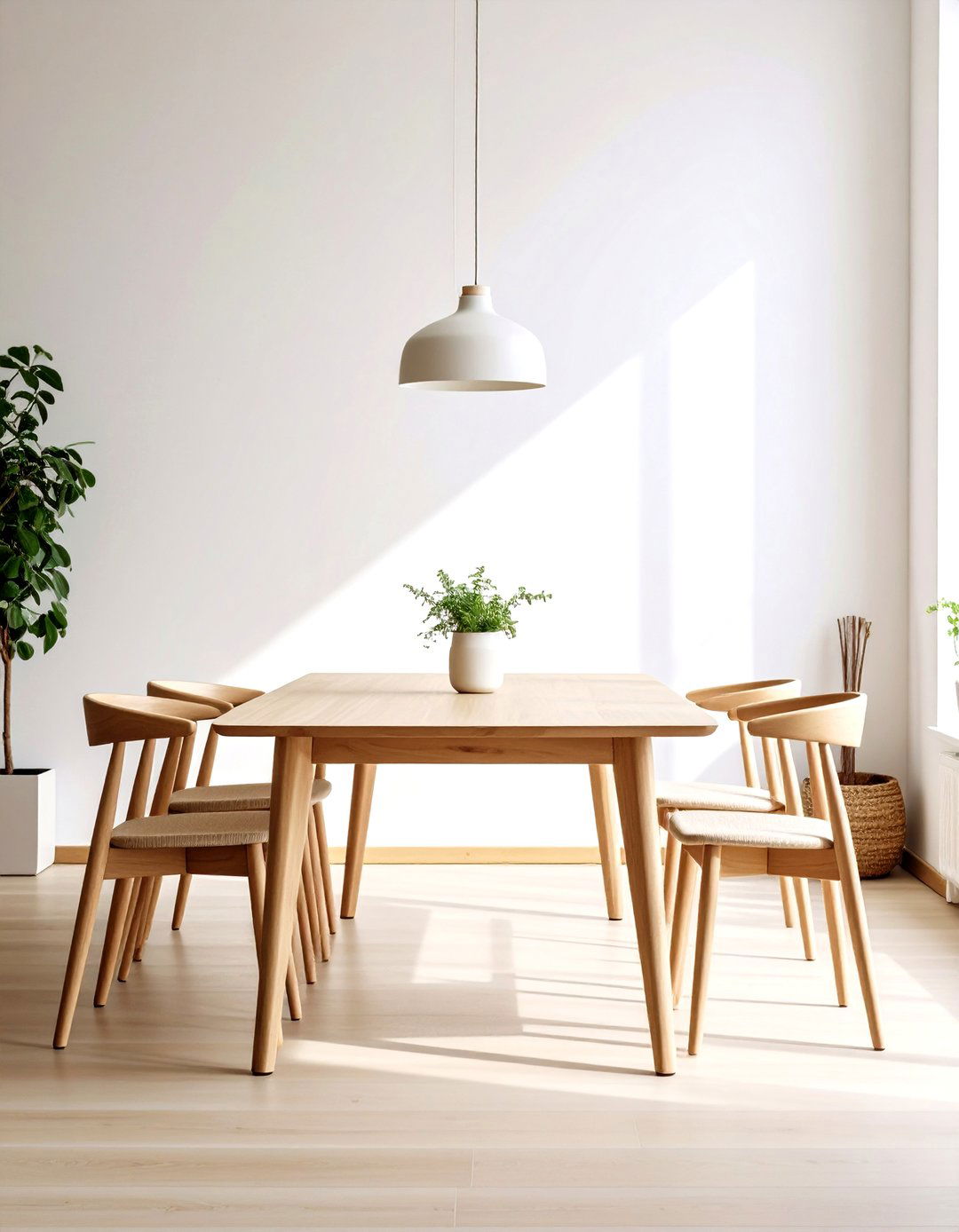
Scandinavian tables emphasize light wood finishes, simple silhouettes, and functionality. Often constructed from birch or oak, these pieces feature rounded edges and tapered legs, reflecting Nordic craftsmanship and minimalism. Neutral palettes—white, gray, or natural wood—dominate, creating airy, uncluttered spaces. This design approach values sustainability, so look for eco-friendly materials and timeless forms that integrate seamlessly into modern and eclectic decors.
15. Tables with Built-In Storage

Tables that incorporate drawers, shelves, or hidden compartments address storage challenges in compact spaces. Kitchen tables with under-top drawers can house utensils or placemats, while coffee tables with lift-up lids reveal spacious interiors. Entryway tables featuring cubbies or baskets keep mail and daily essentials organized. By blending form and function, these designs maintain sleek exteriors while offering clever solutions for everyday clutter.
16. Creative Centerpiece Tables
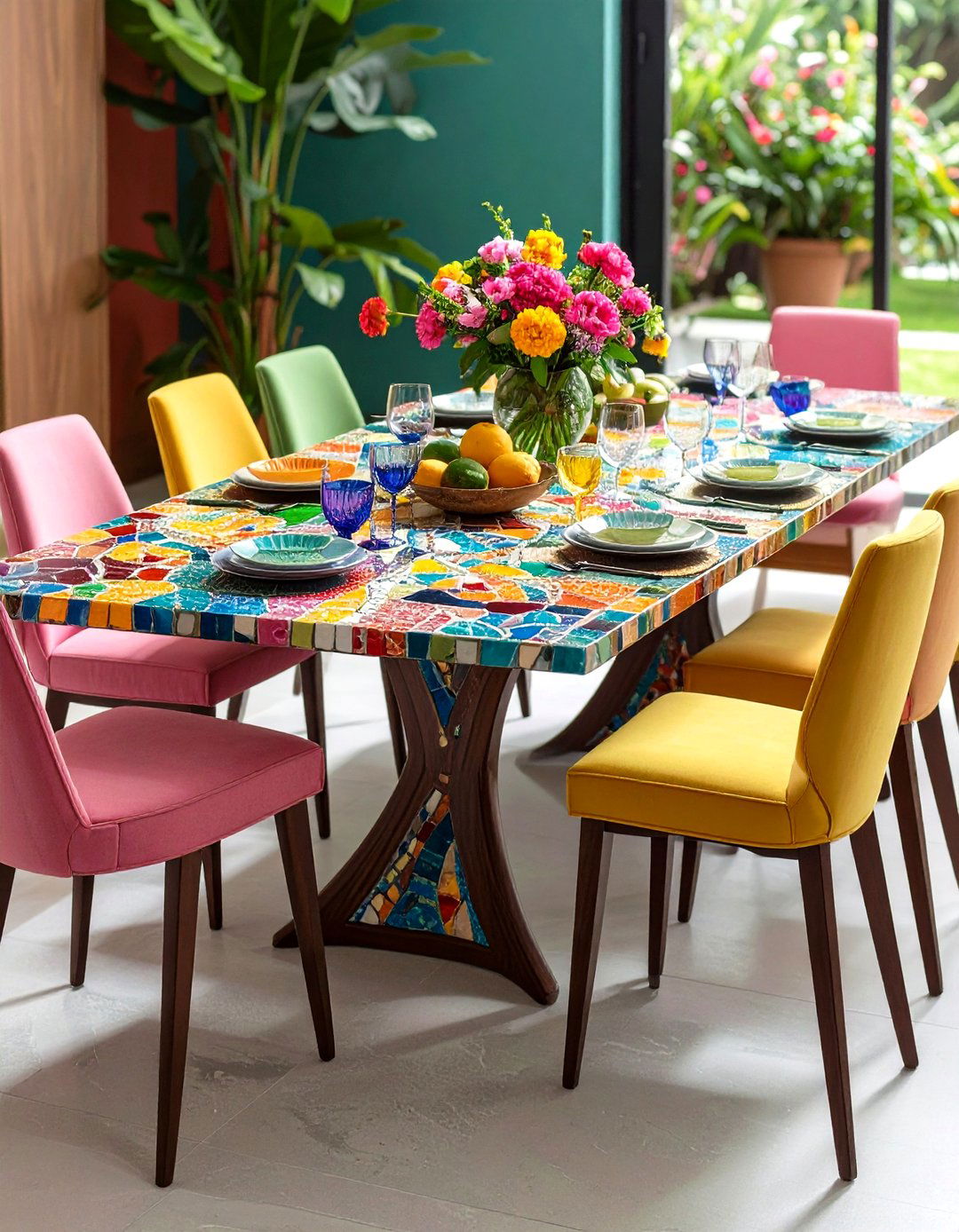
Centerpiece tables elevate dining and coffee tables by integrating focal décor into their design. Options include tables with inset planters for succulents, built-in rotating trays for easy access, or sculptural tops featuring mosaic patterns or inlaid stone. These elements draw attention and personalize surfaces without requiring additional accessories. Choose a design that complements your tabletop material and overall room style for a cohesive look.
17. Convertible and Nesting Tables
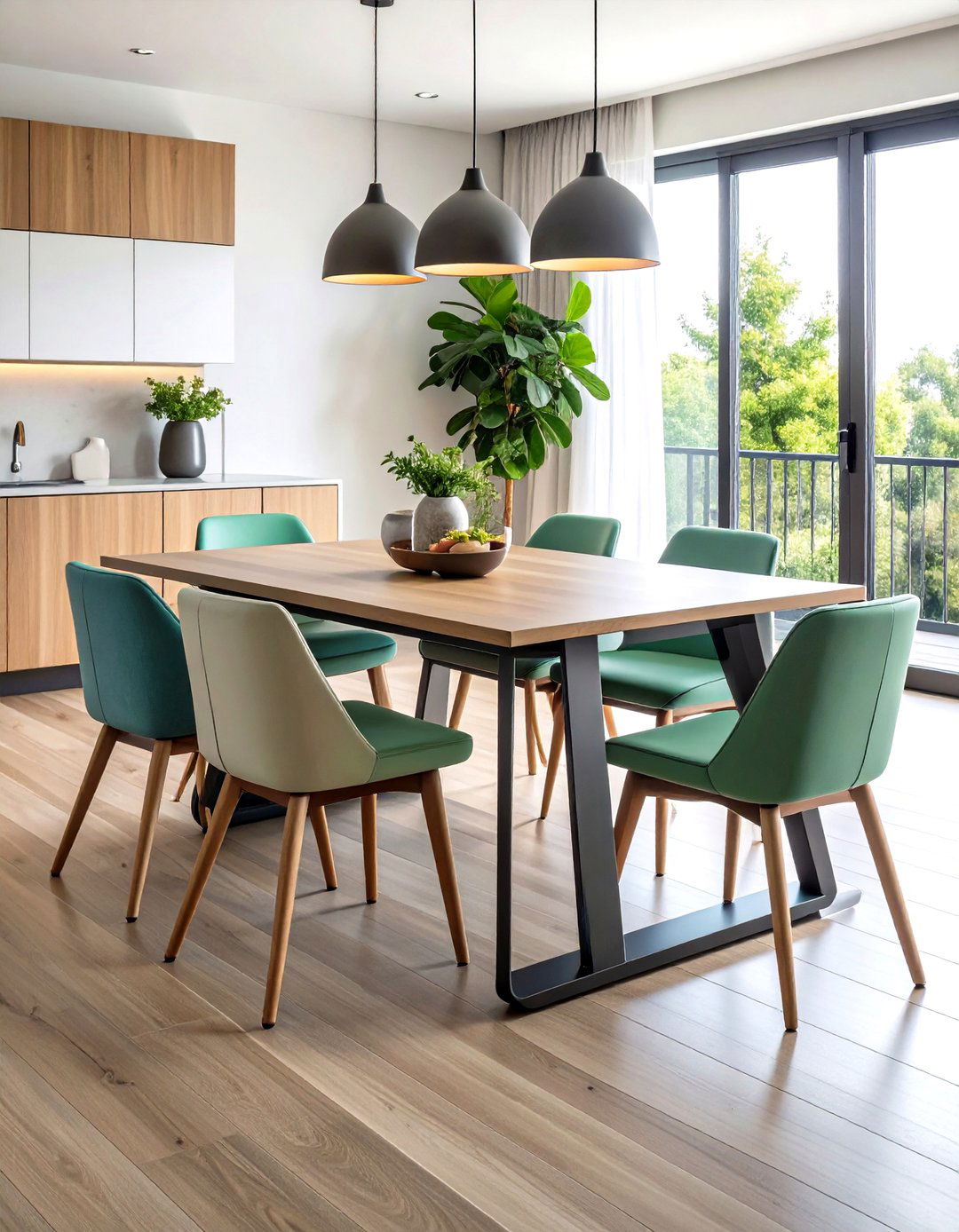
Convertible tables morph between uses—such as coffee tables that raise to dining height or desks that fold into side tables—offering unparalleled adaptability. Nesting tables, comprising smaller tables that slide under a larger one, provide versatile surfaces for guests and can be stowed compactly. Their layered height variations add dynamism to living areas and accommodate changing spatial requirements.
18. Multi-Tiered and Tiered Tables
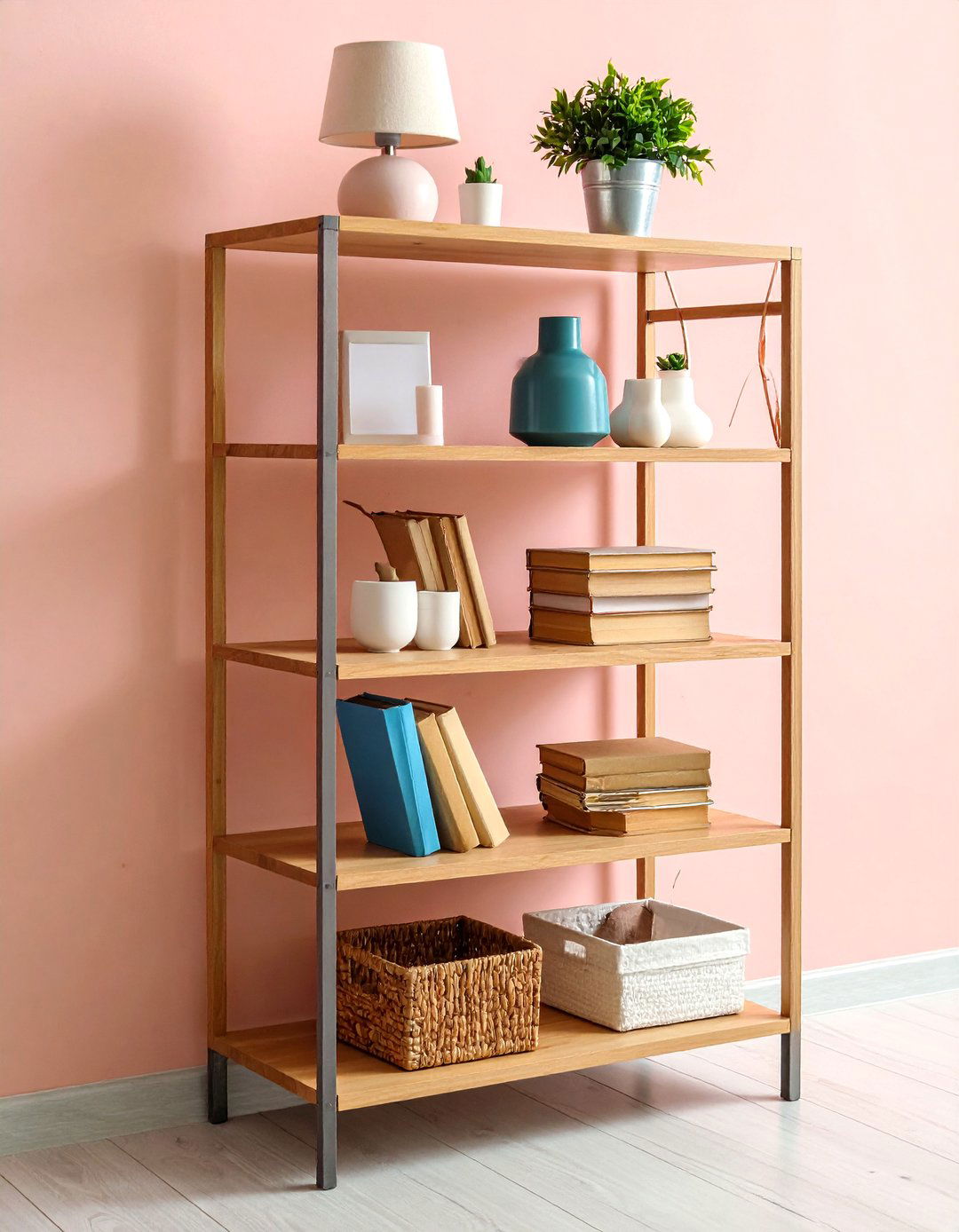
Multi-tiered tables feature stacked surfaces—ideal for display and storage. Tiered end tables in living rooms hold lamps on the top level, books on the middle shelf, and baskets on the bottom for extra linens or throw blankets. In dining rooms, a multi-tiered side table can host serving dishes and beverages during entertaining. The vertical emphasis of these designs enhances storage without expanding the footprint.
19. Glossy Lacquered Tables
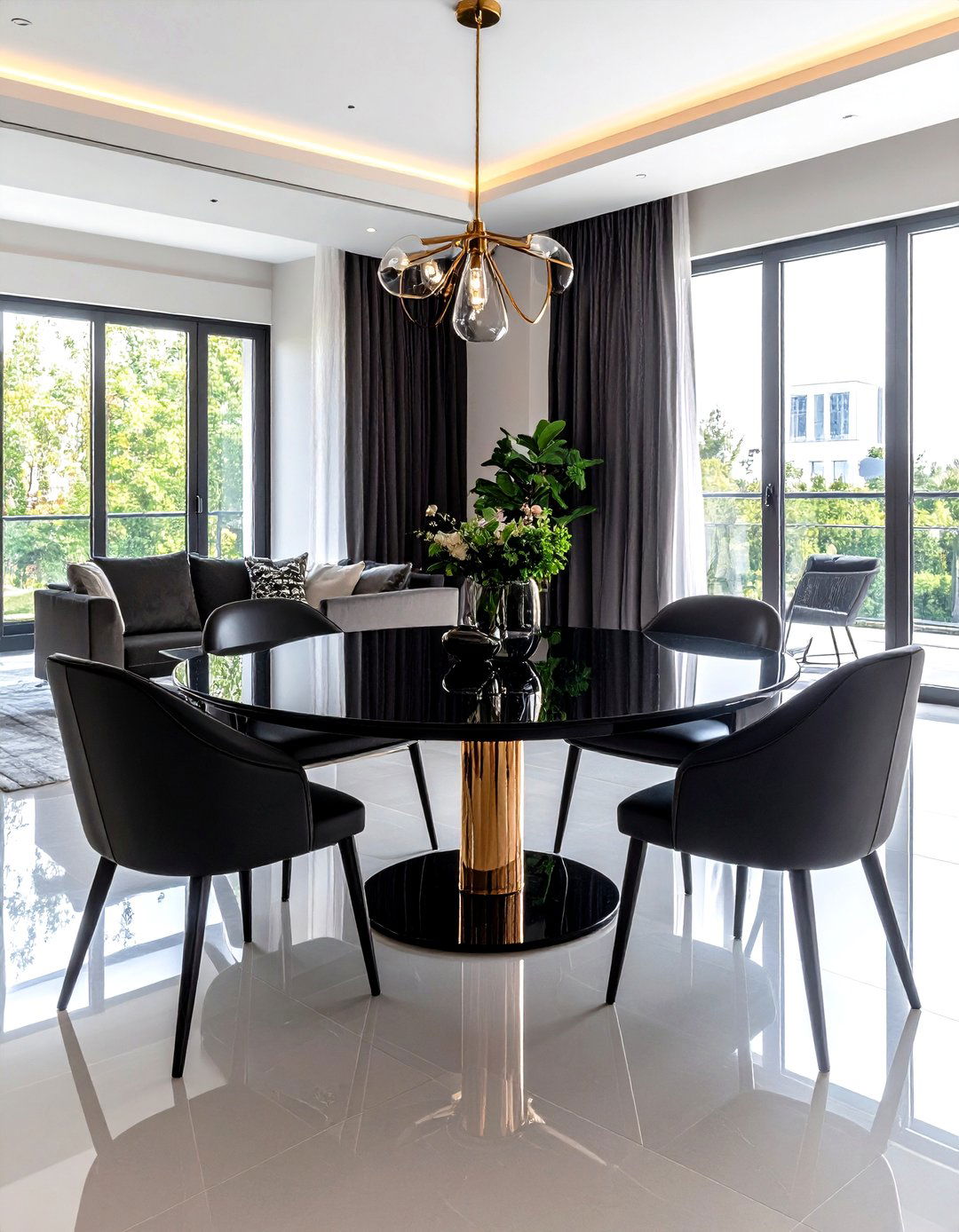
High-gloss lacquered tables bring a touch of glamour and reflect light for a sleek, modern aesthetic. Available in vibrant hues—like red, teal, or jet black—or classic neutrals, lacquer finishes resist moisture and stains when properly sealed. Pair with metallic accents or glass accessories to amplify shine. These tables act as statement pieces in contemporary spaces, effortlessly blending form and function.
20. Sculptural Base Tables
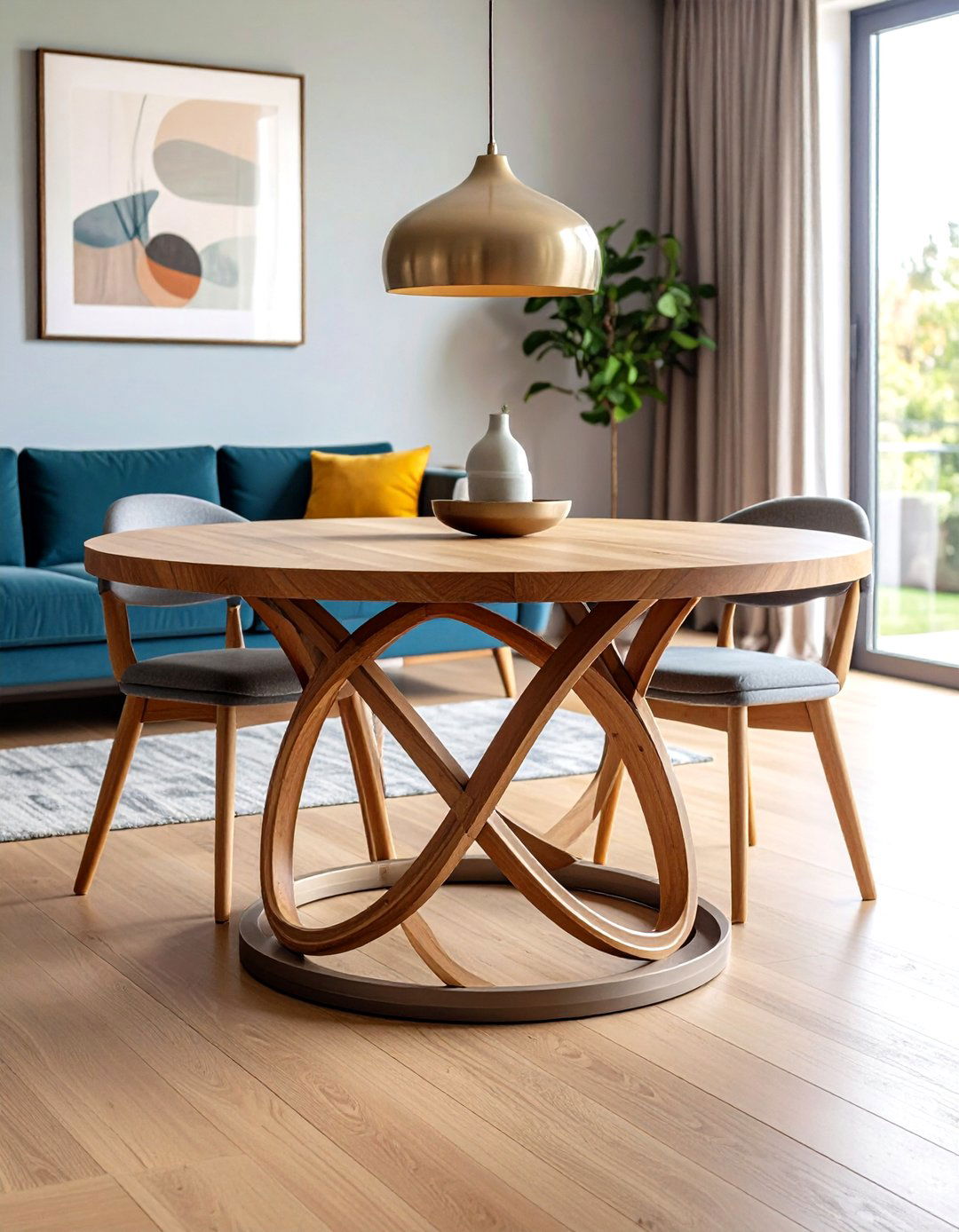
Sculptural base tables feature artistically crafted supports—such as intertwined metal rings, carved wooden pedestals, or geometric stone pillars—that draw the eye below the tabletop. By treating the base as a work of art, these designs transcend mere function to become centerpieces themselves. Ideal for minimalist settings, the contrasting interplay between solid tops and intricate bases adds depth and dimension to interiors.
Conclusion:
Innovative table designs can transform any space, balancing form and function to suit diverse lifestyles and aesthetics. From versatile extendable tables to artful sculptural bases, each idea offers unique benefits—whether maximizing space, accentuating personal style, or enhancing organization. By exploring these twenty concepts, you can select or craft the perfect table that aligns with your décor vision and practical needs, ensuring your home remains both beautiful and functional.



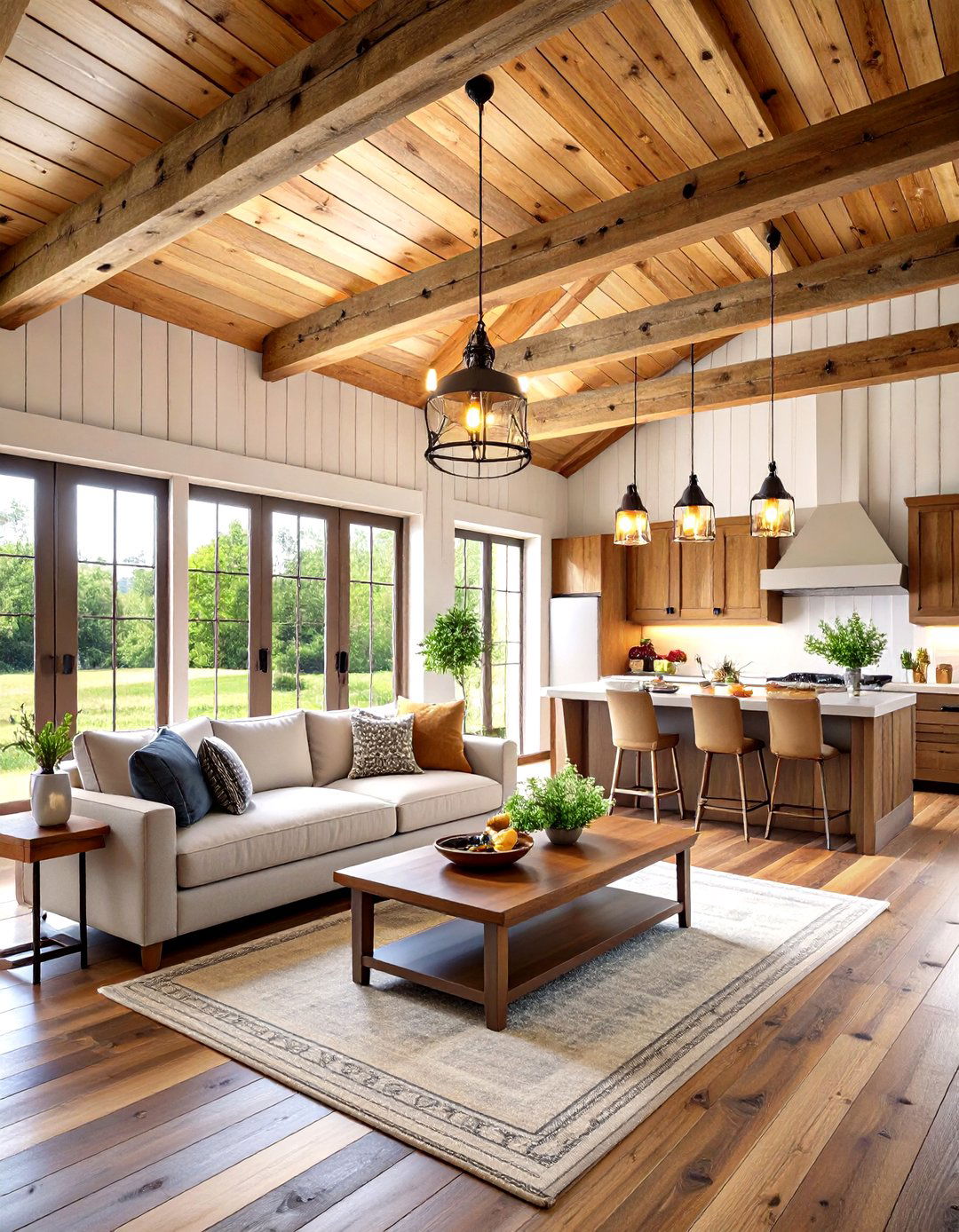
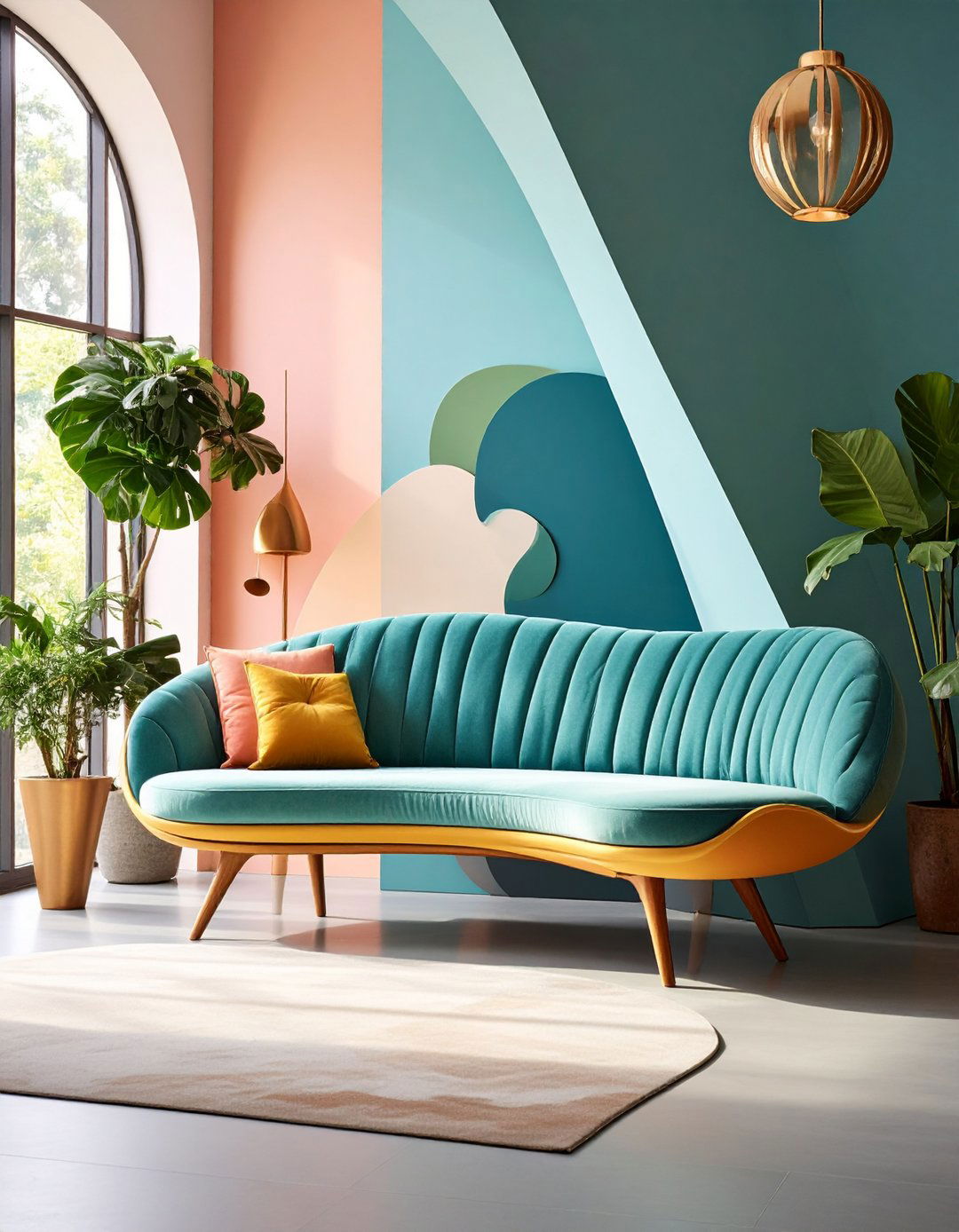
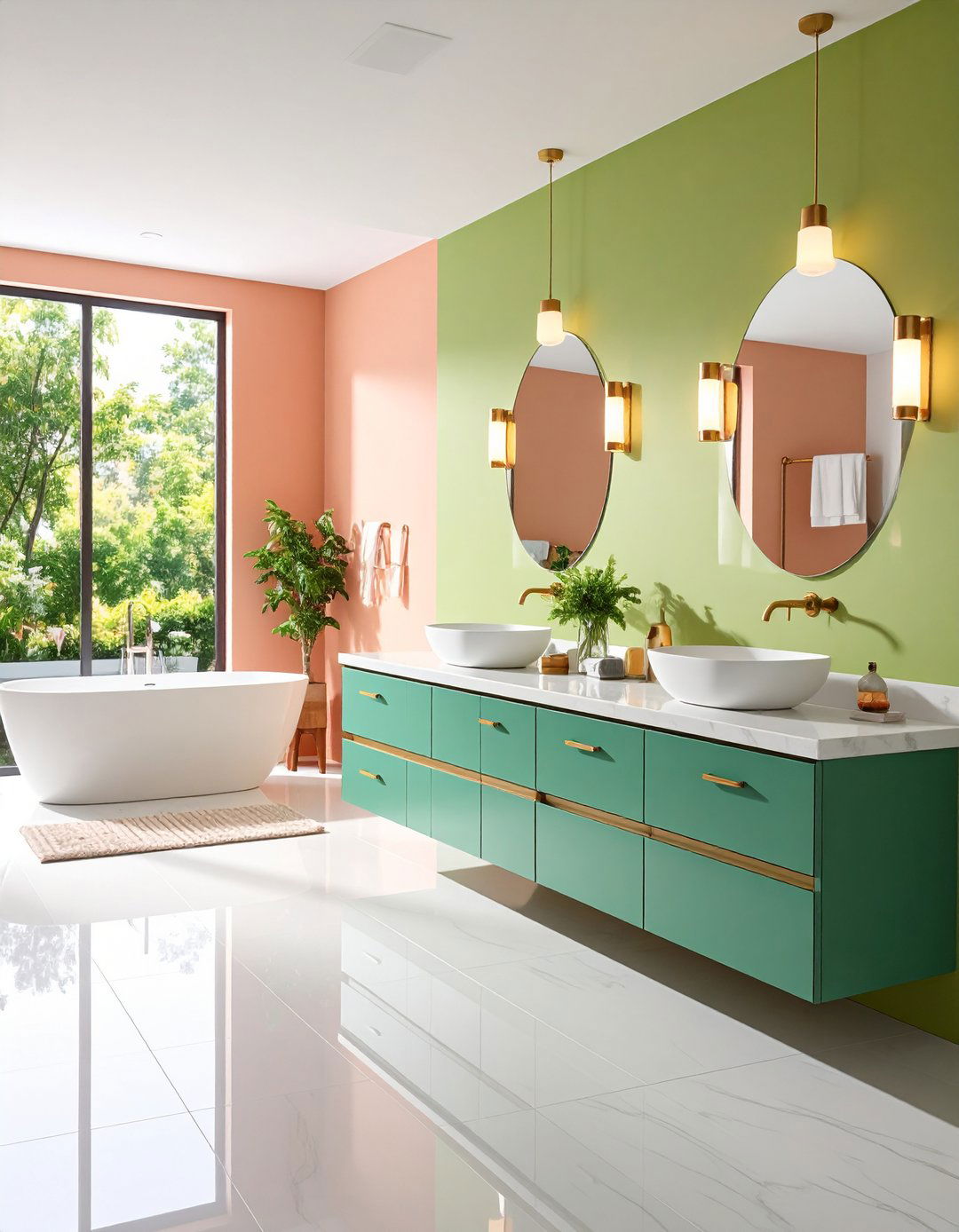
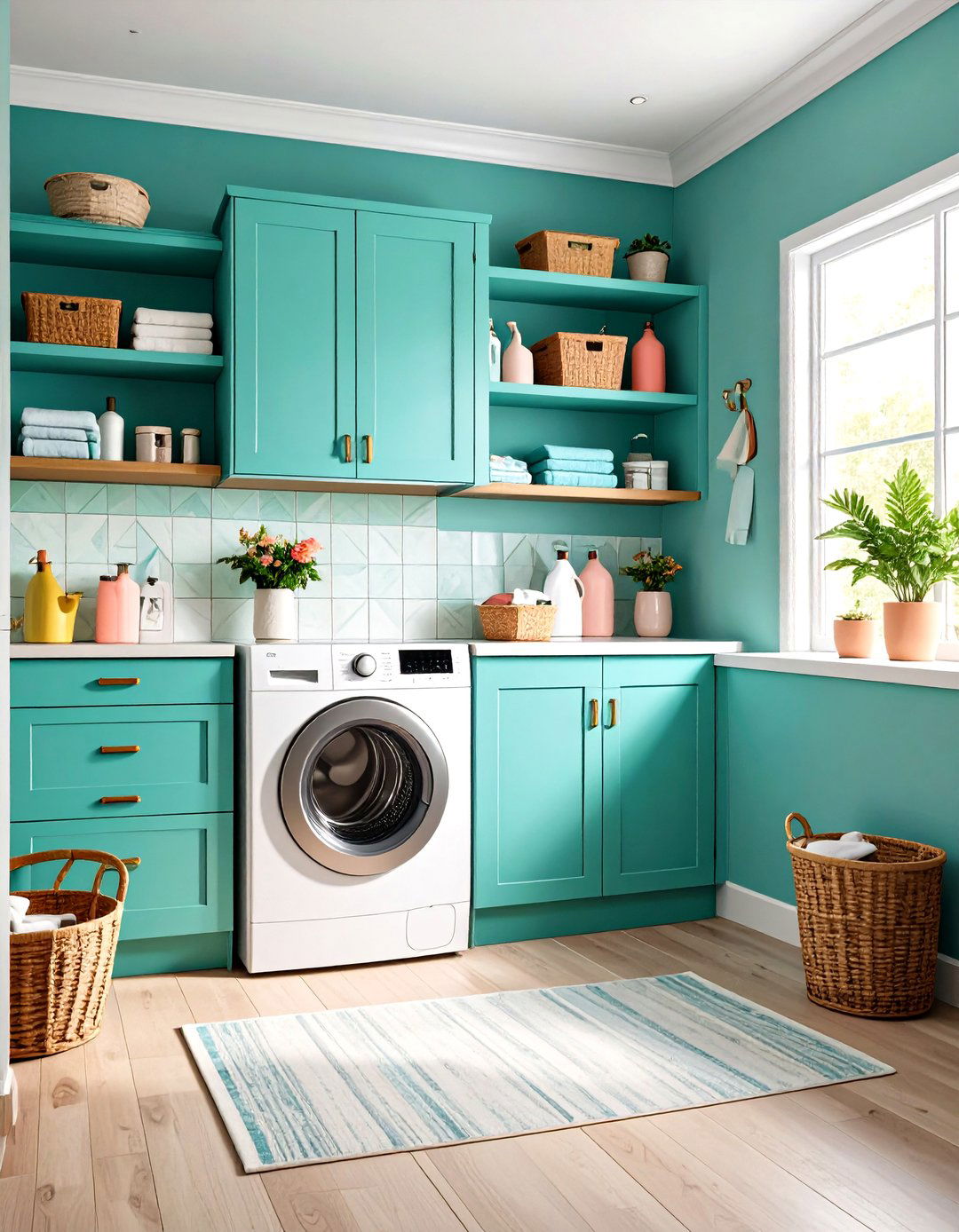

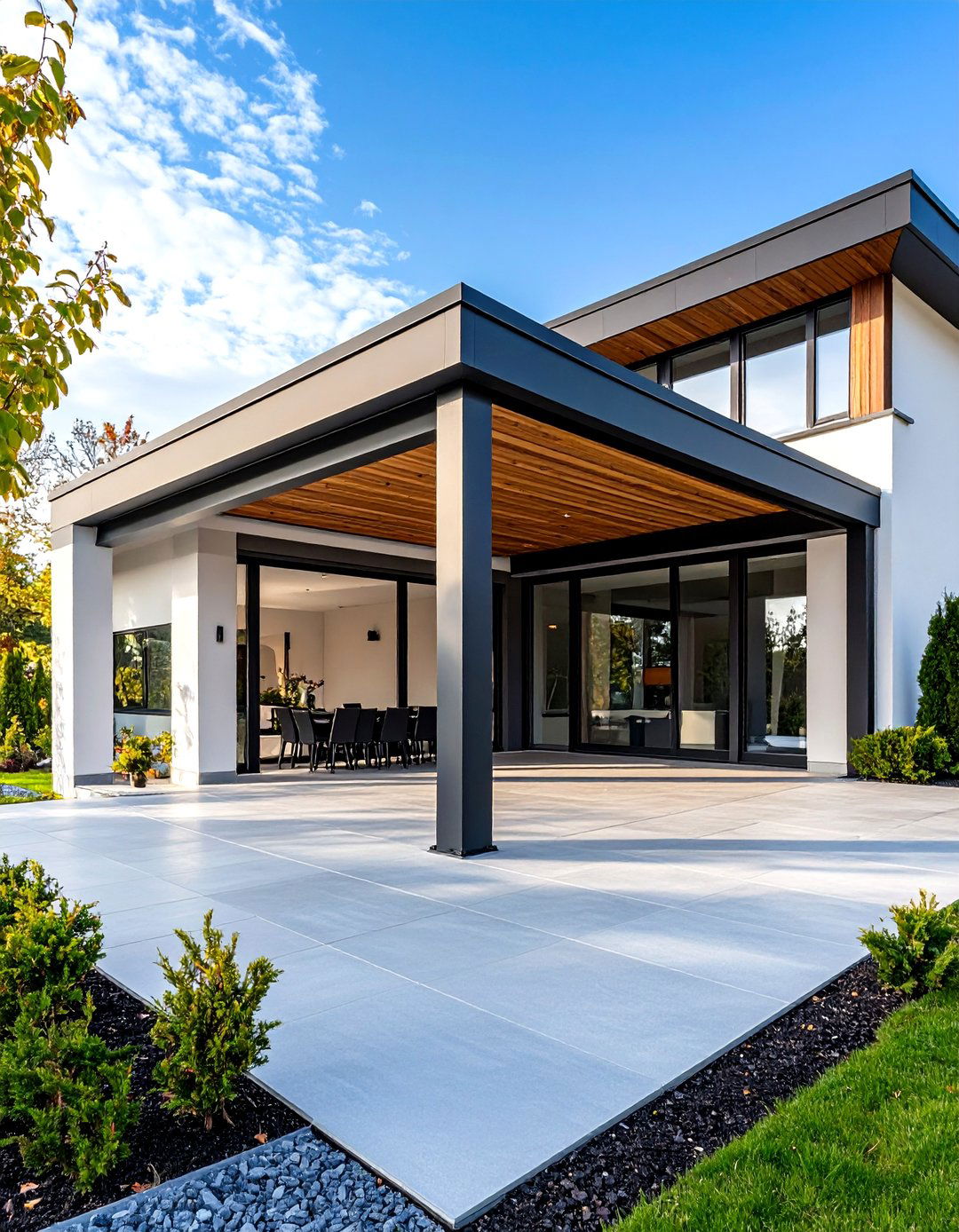
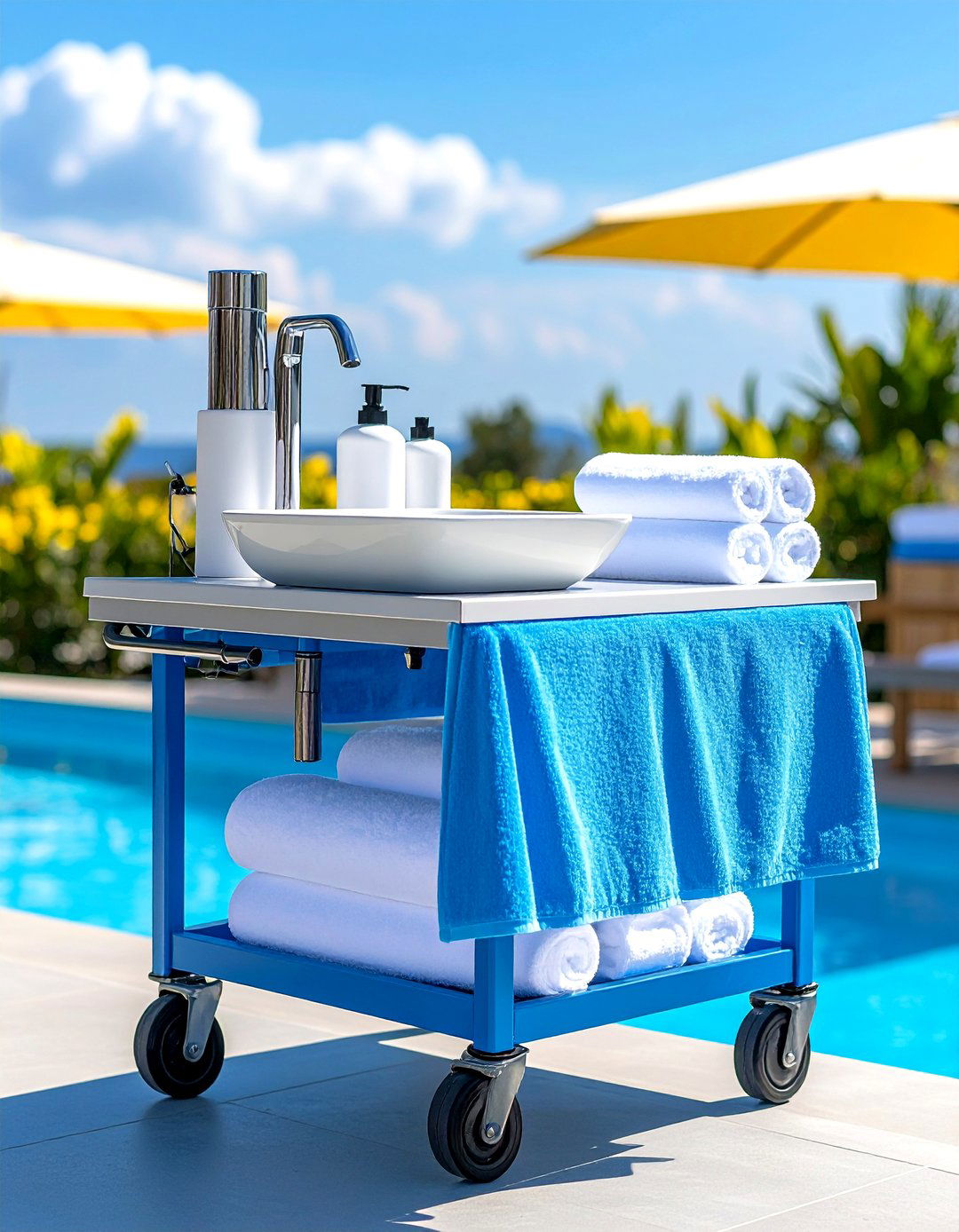
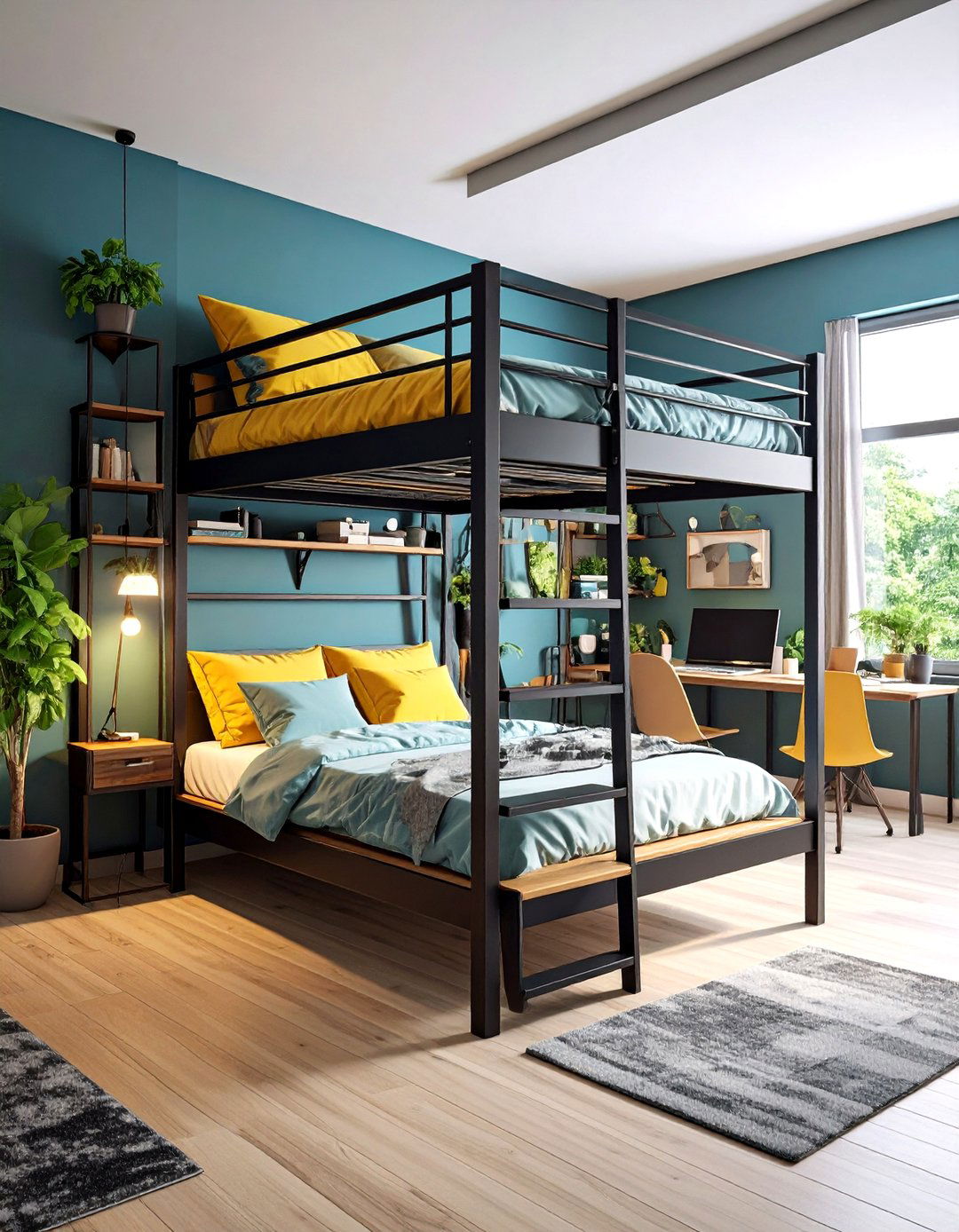
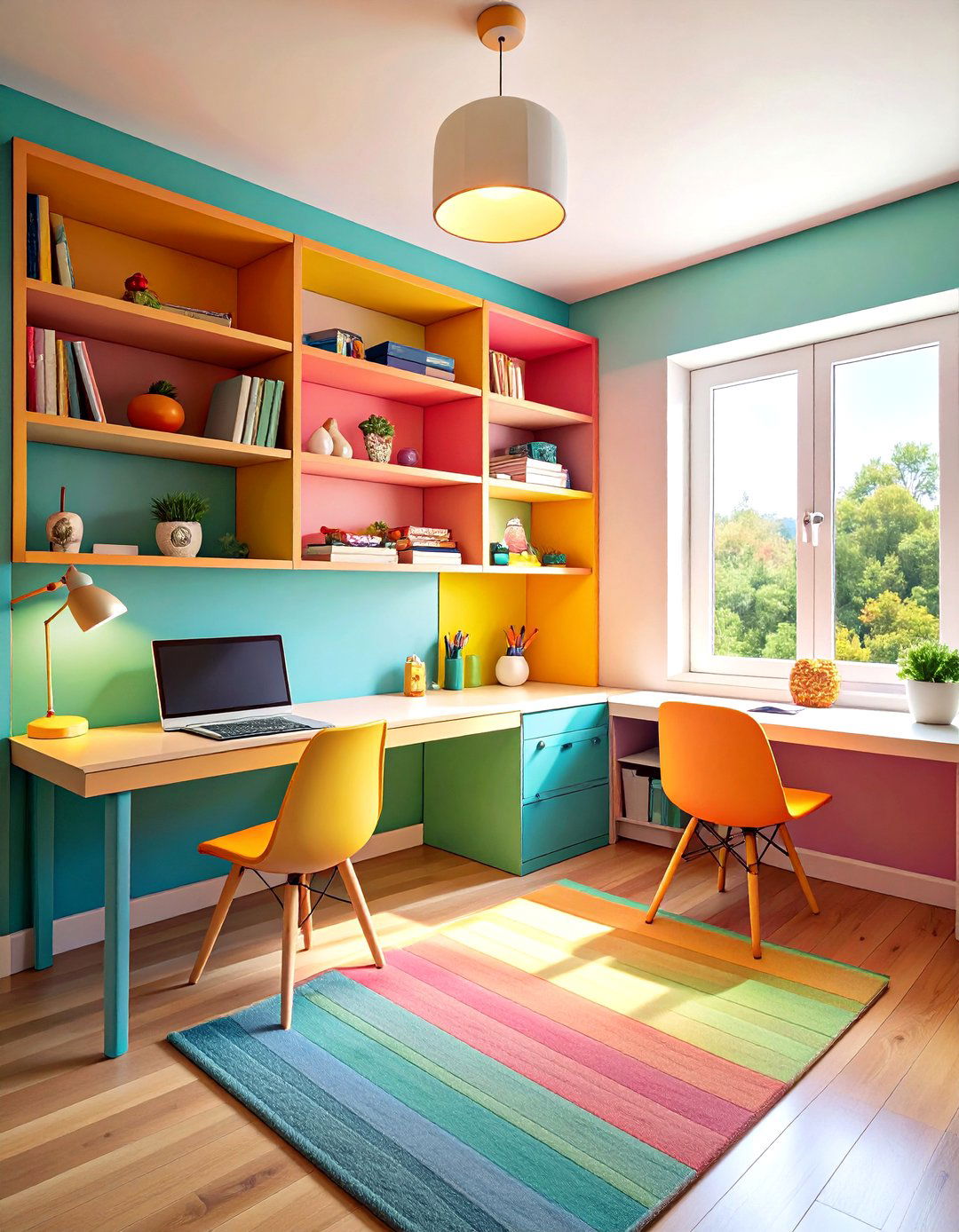

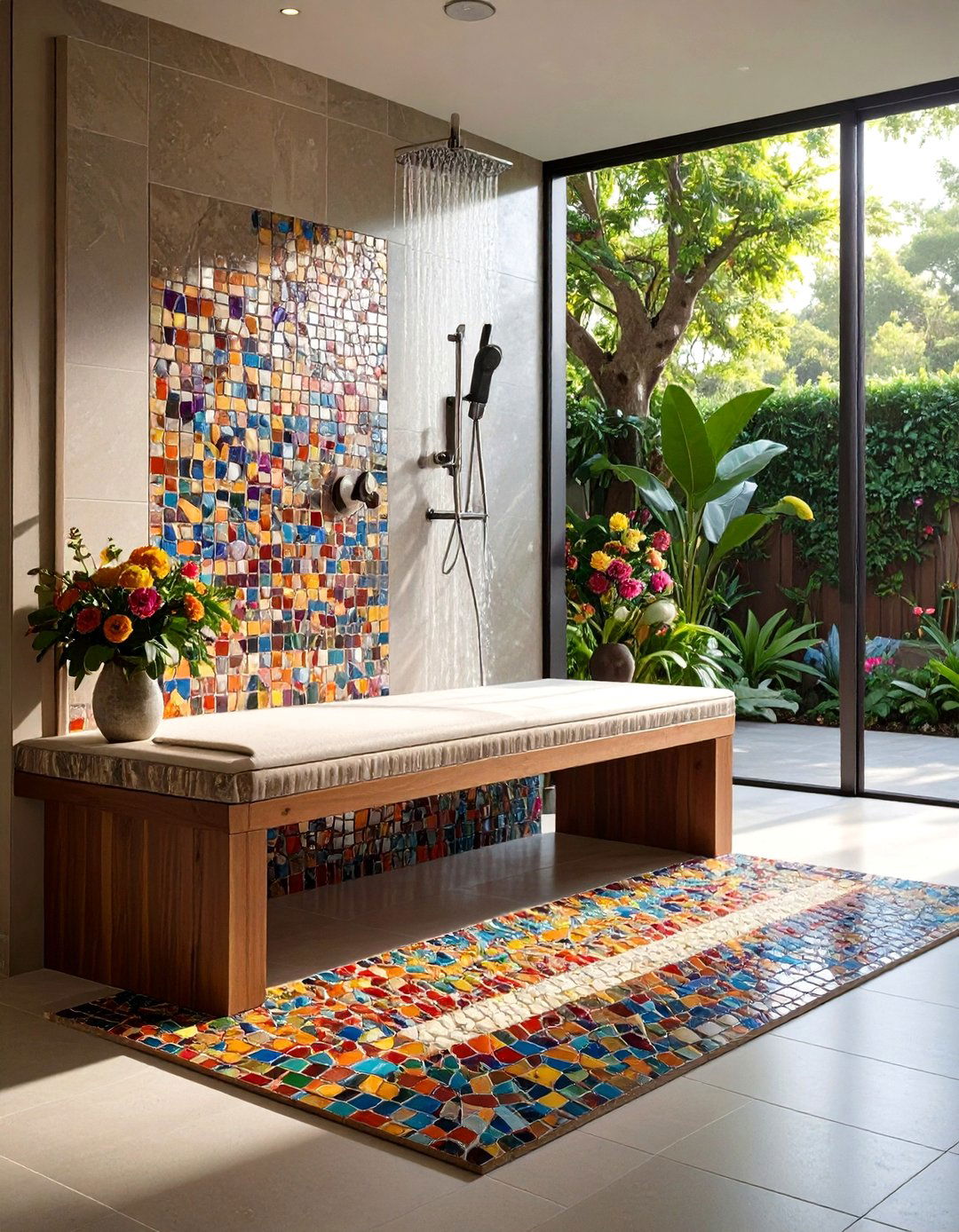
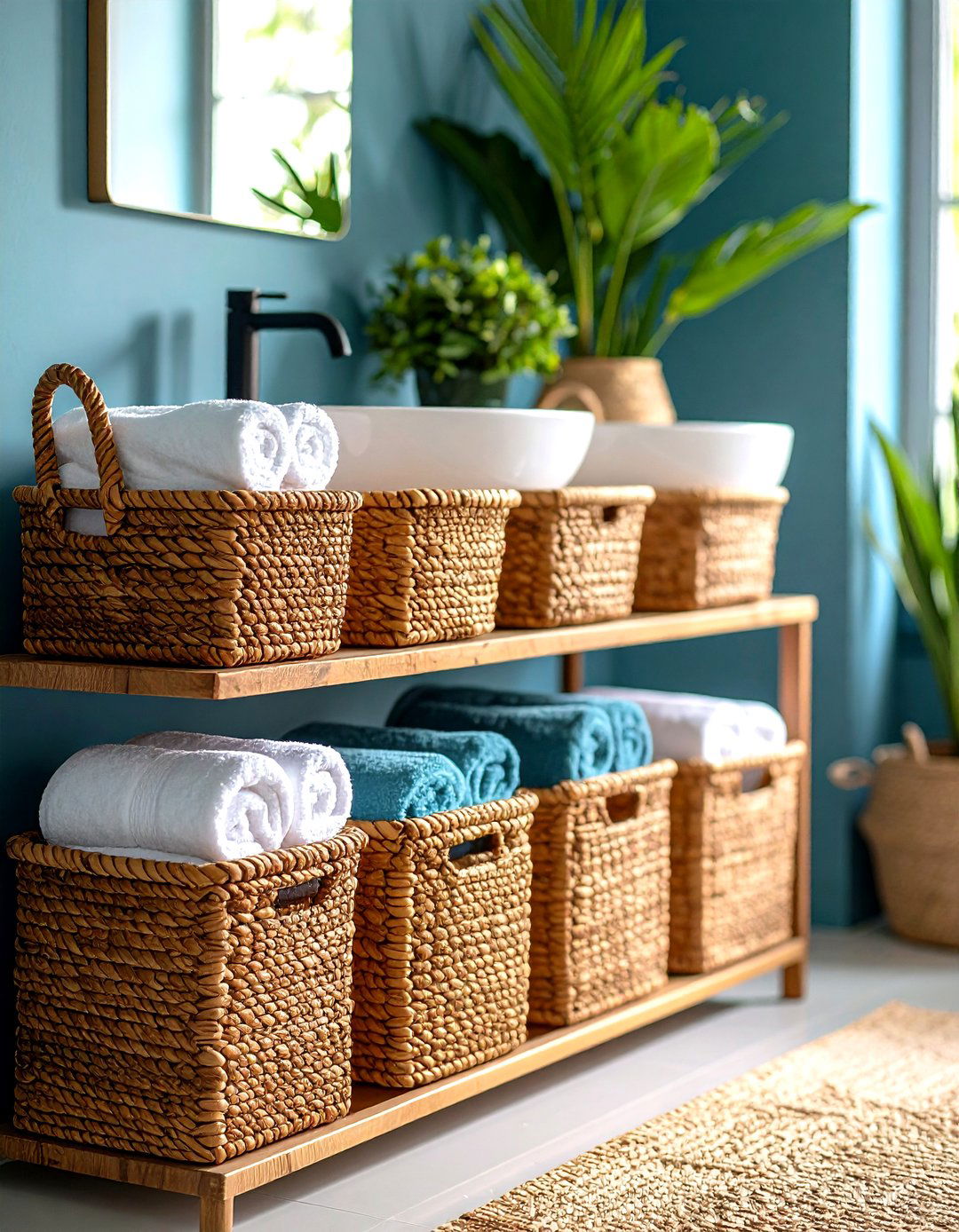
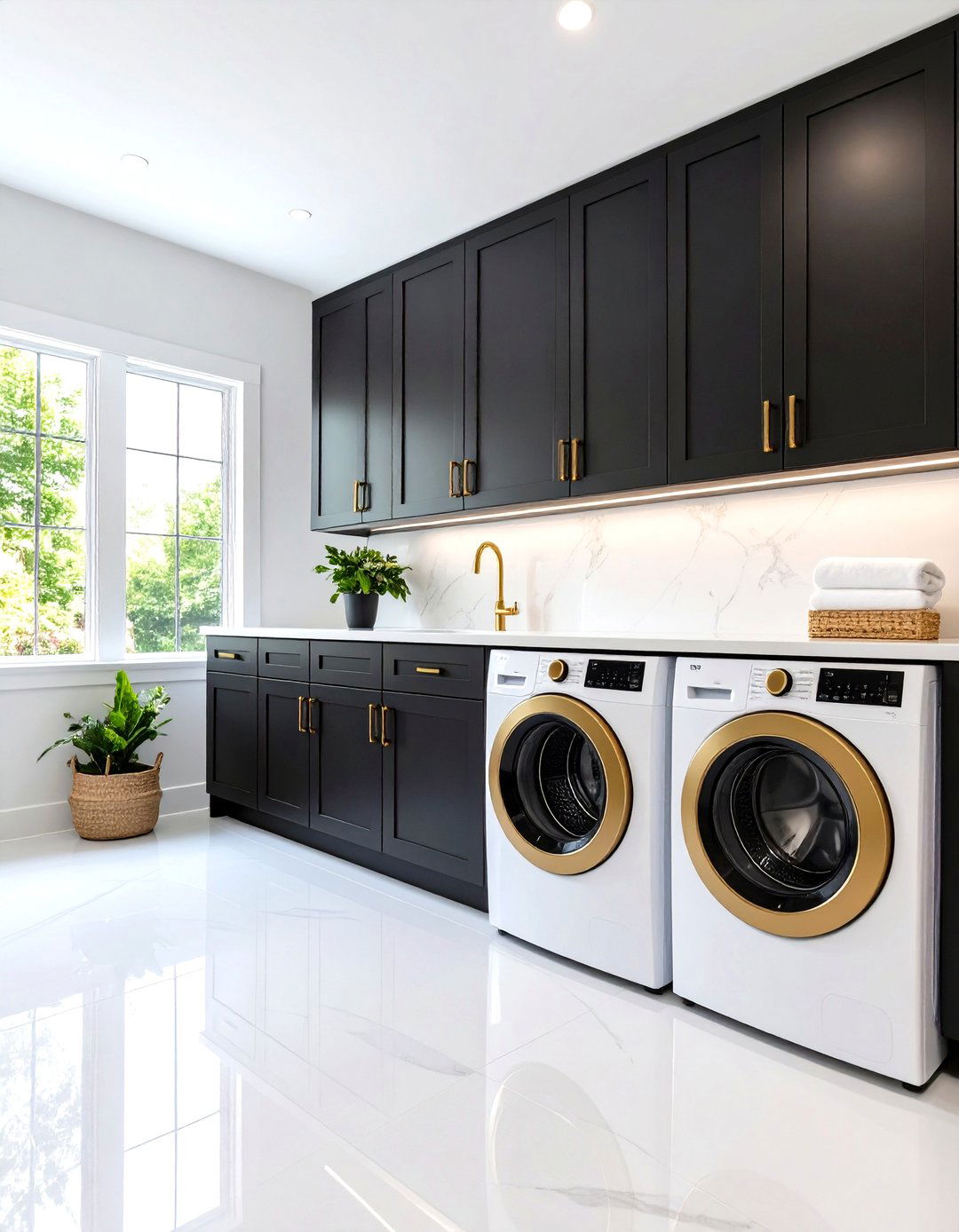
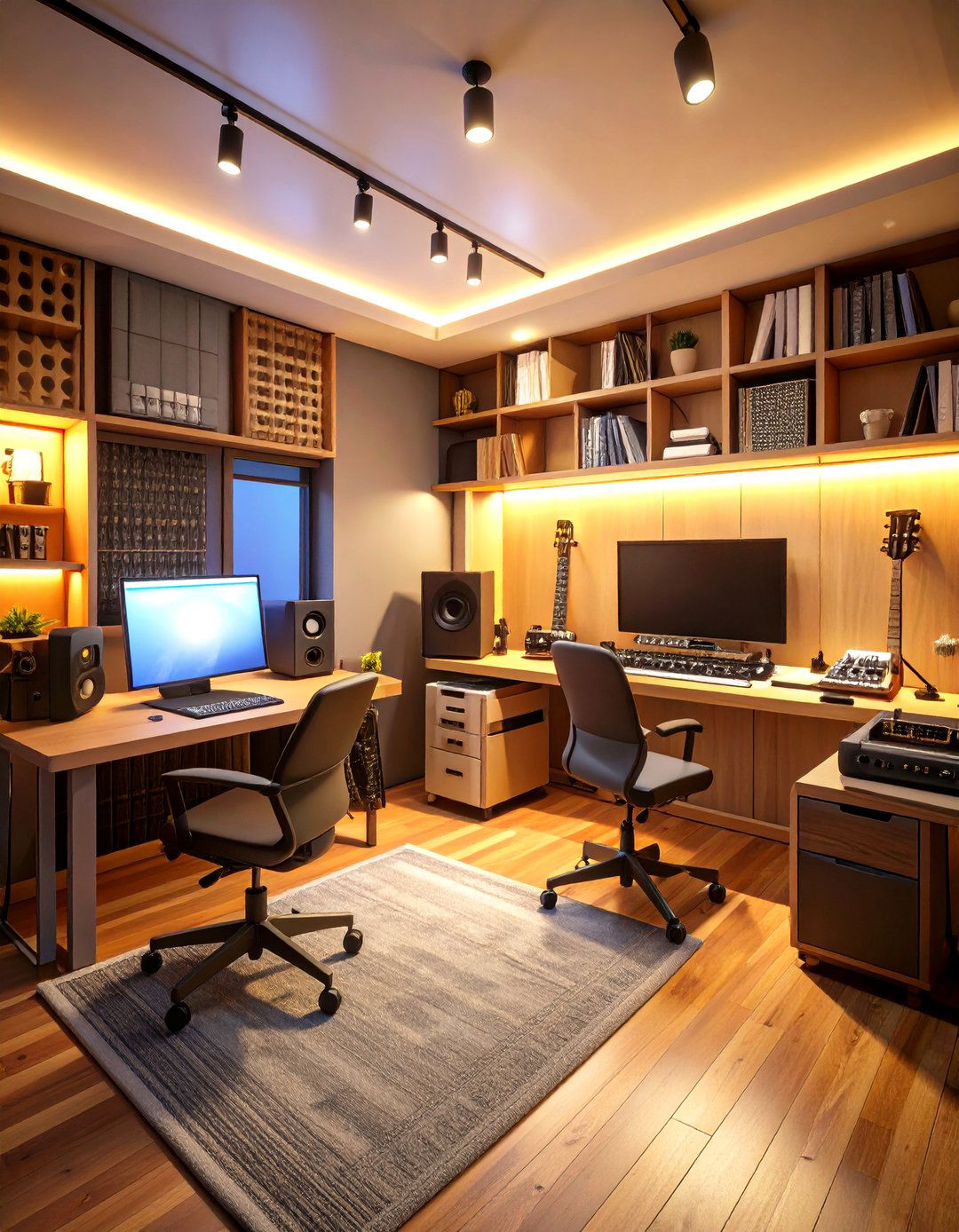
Leave a Reply